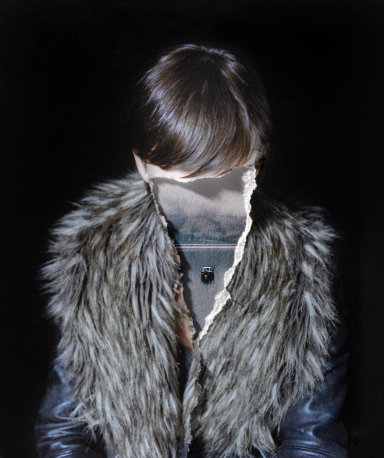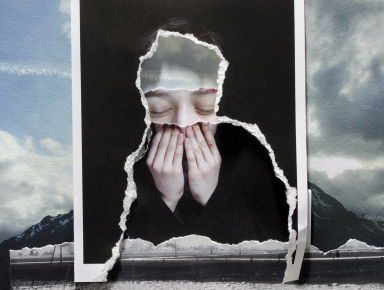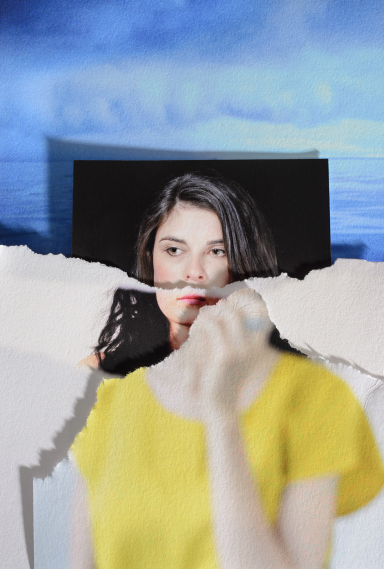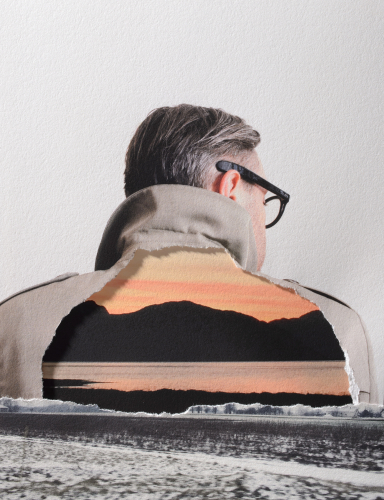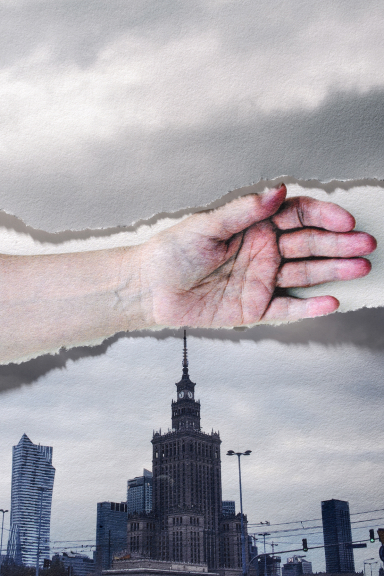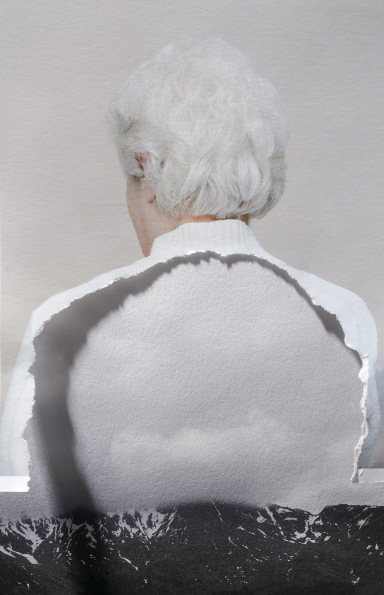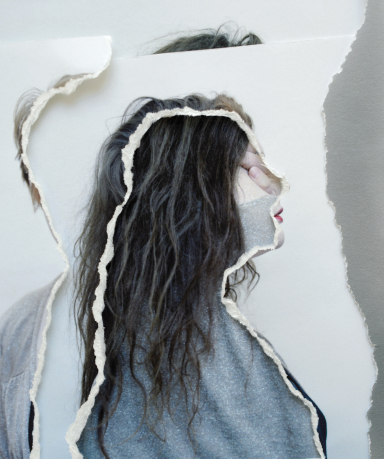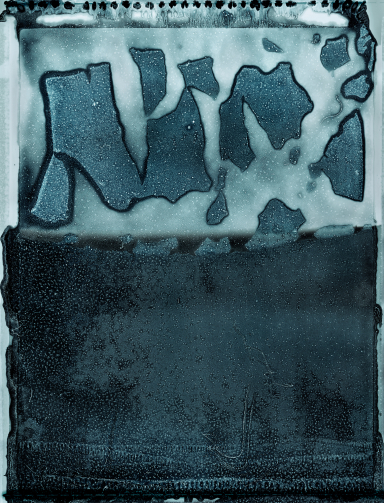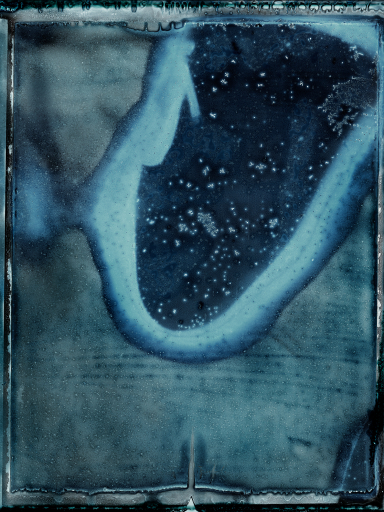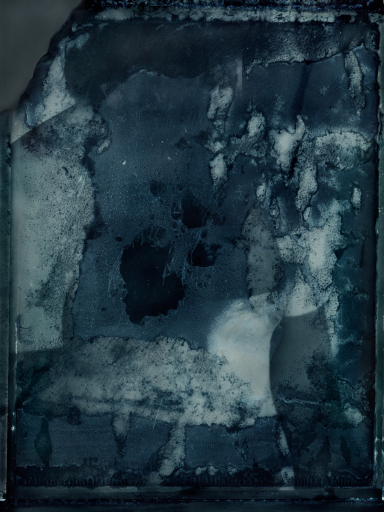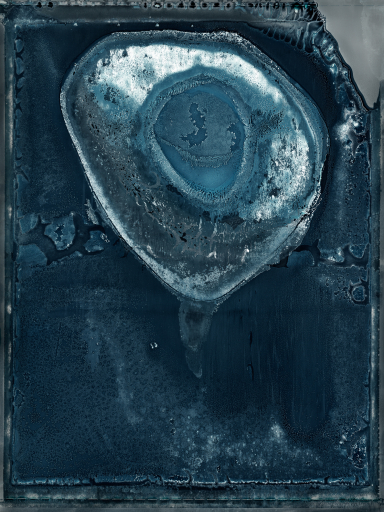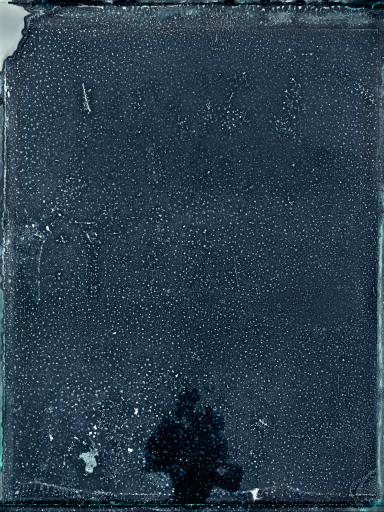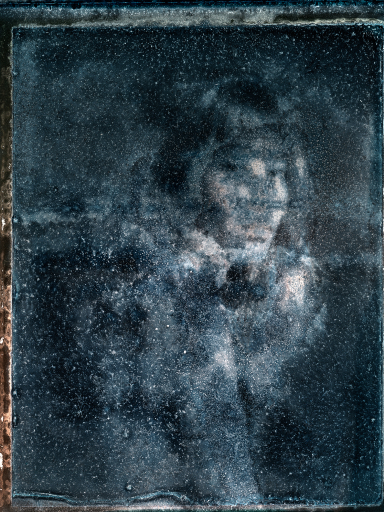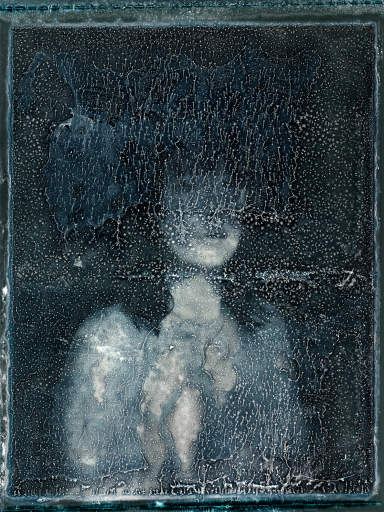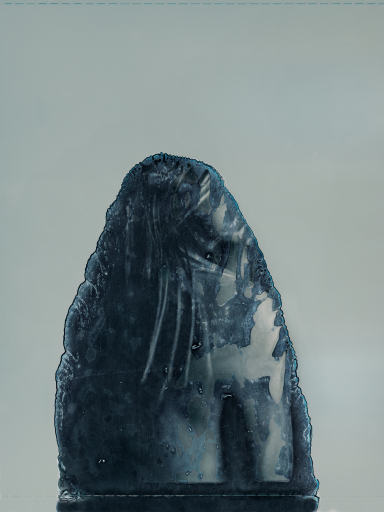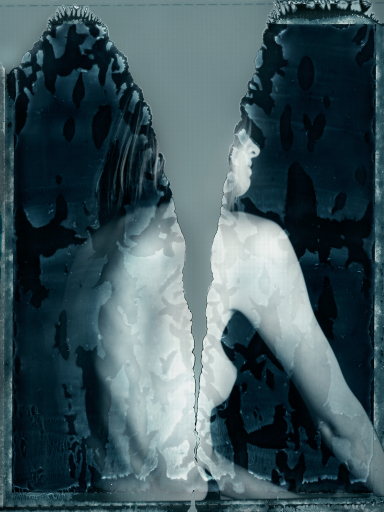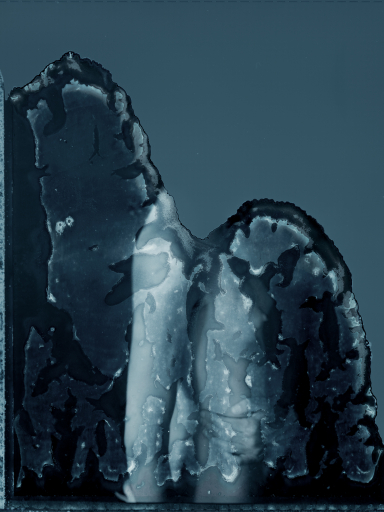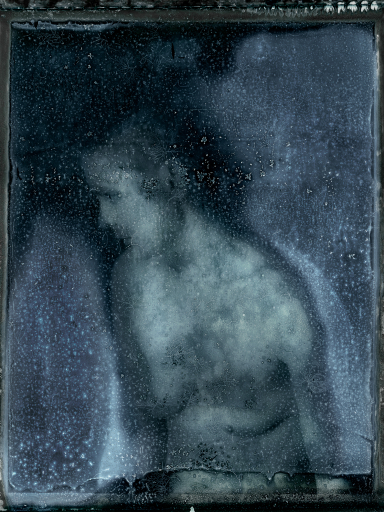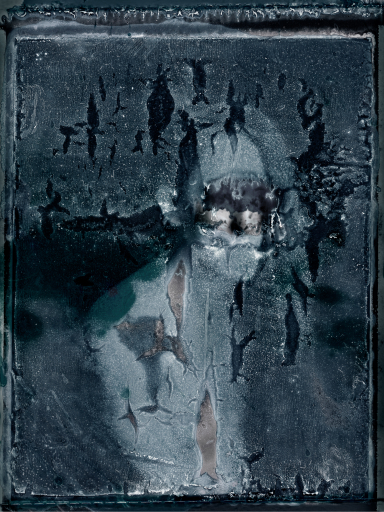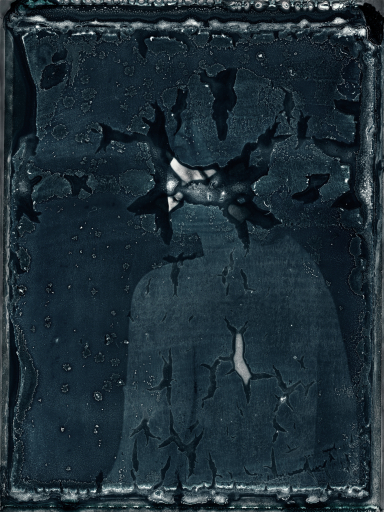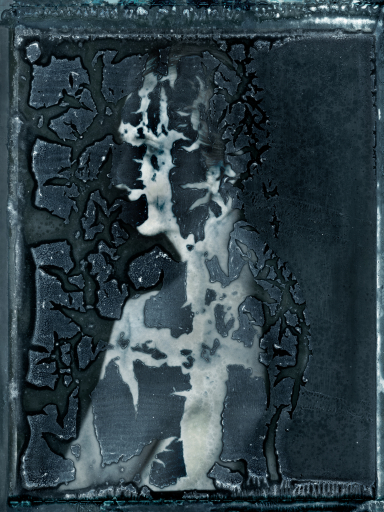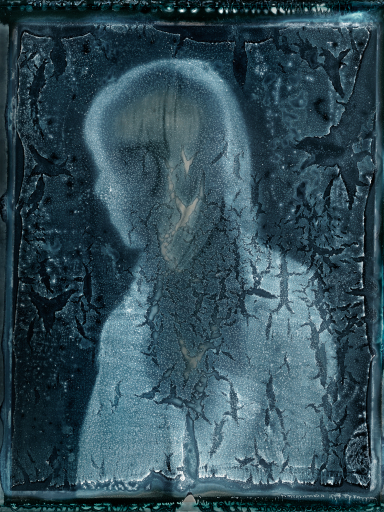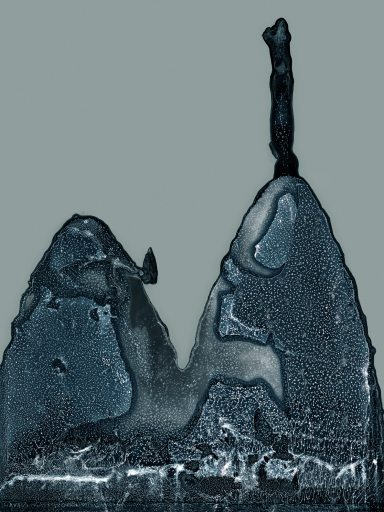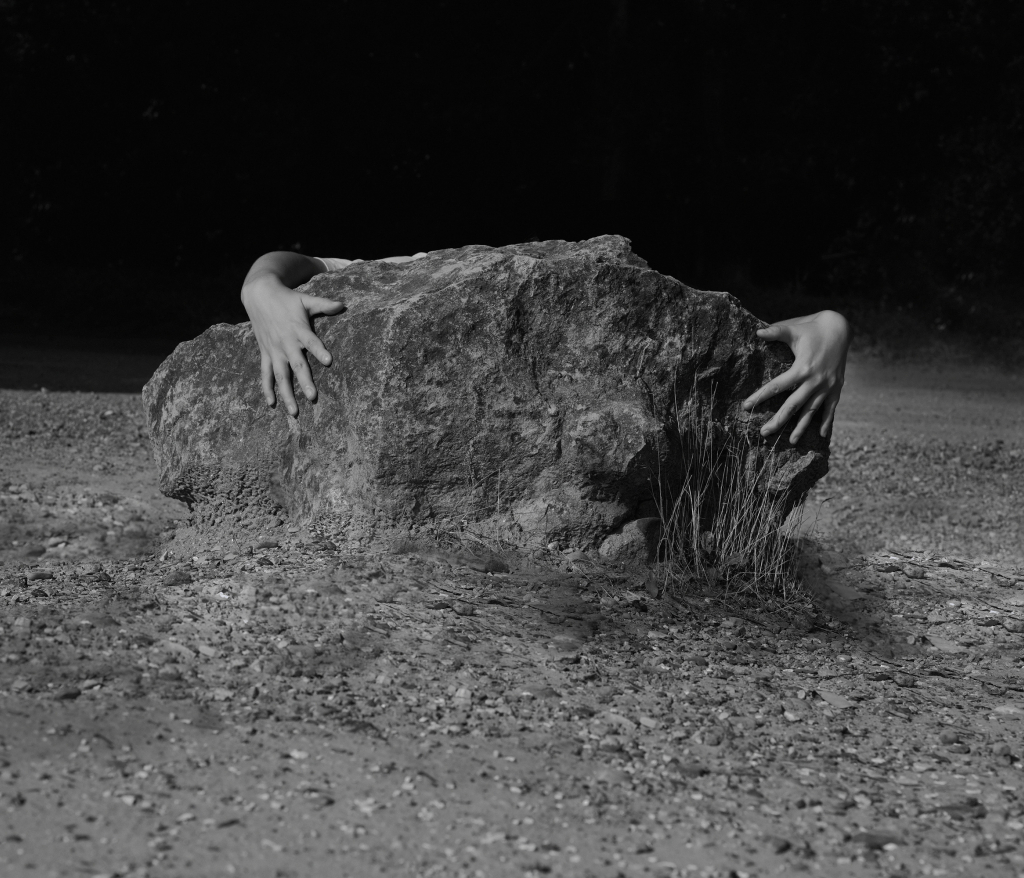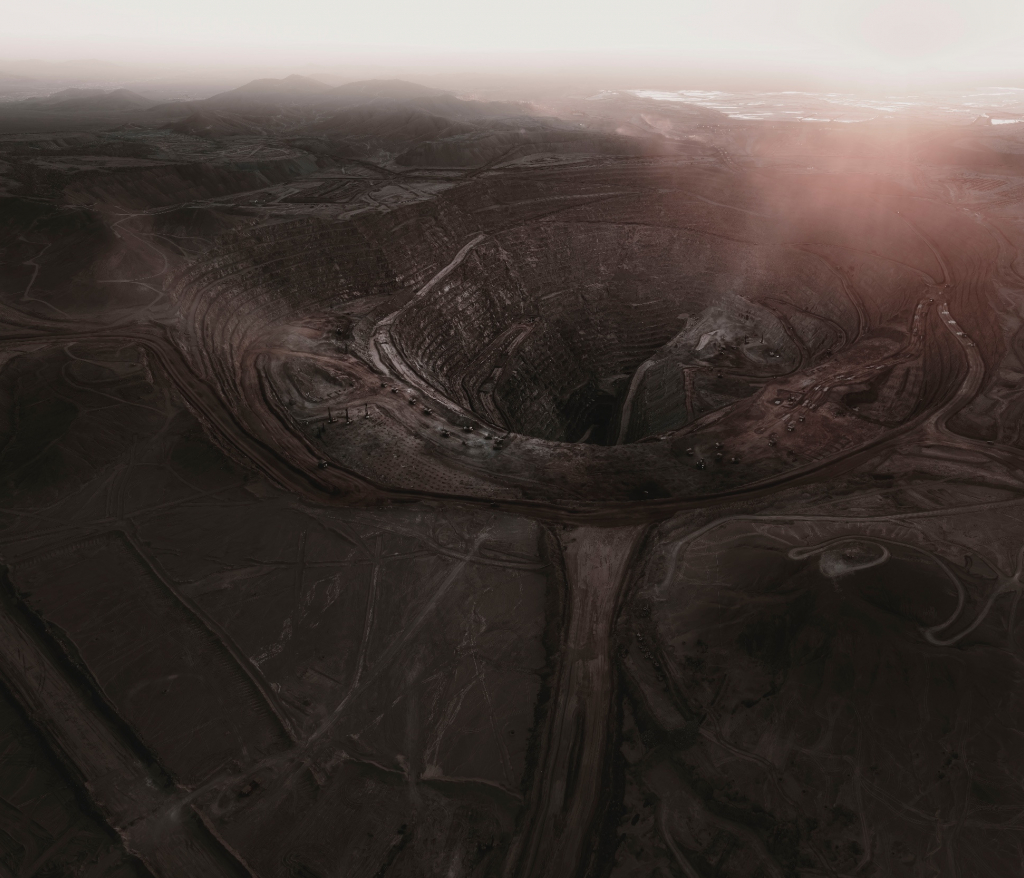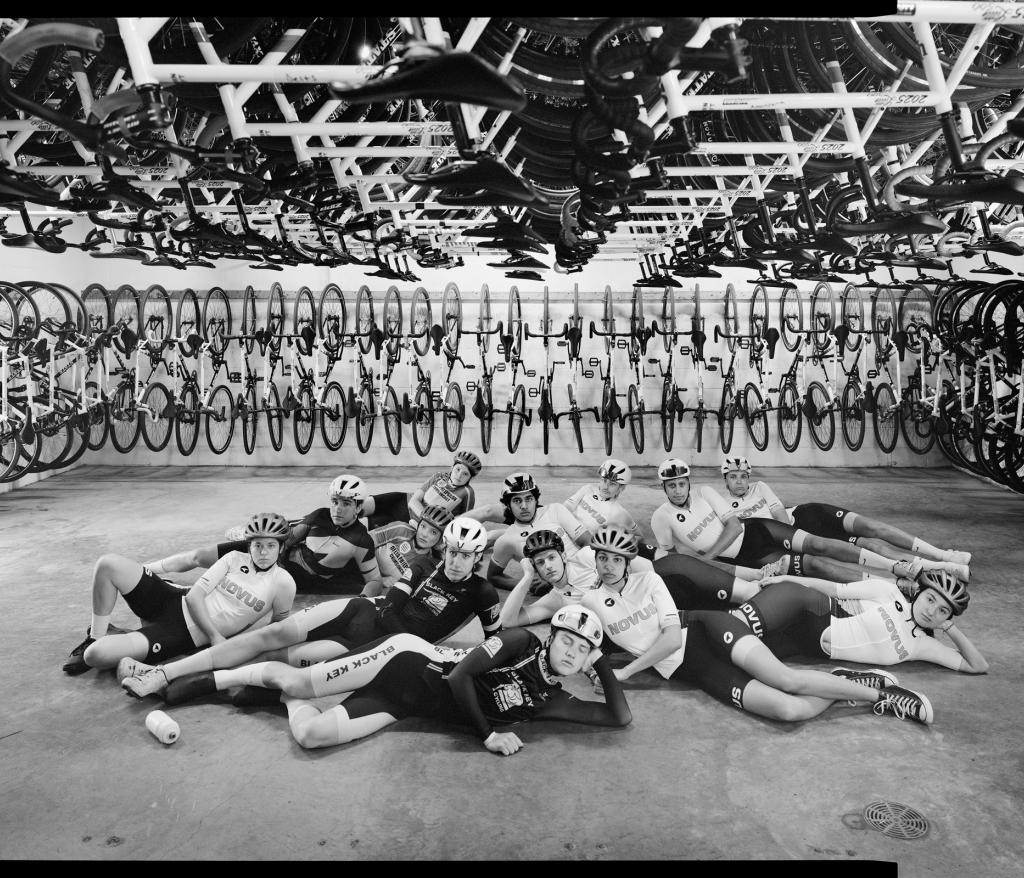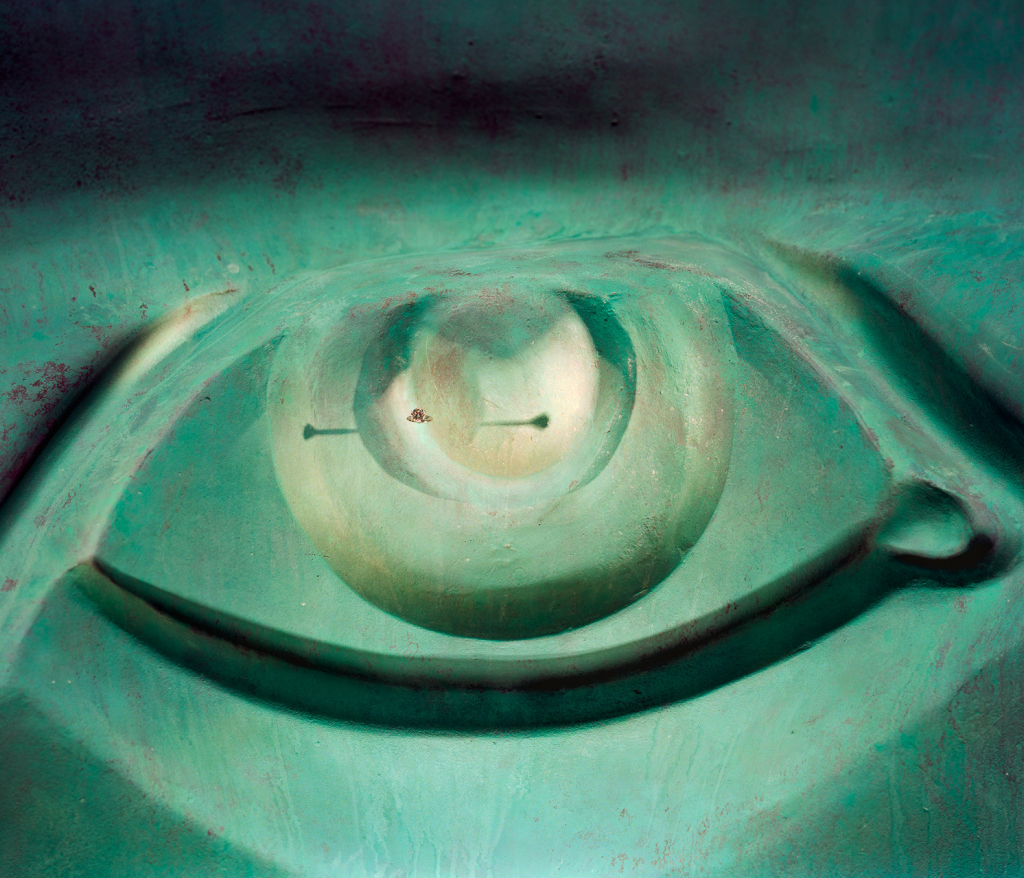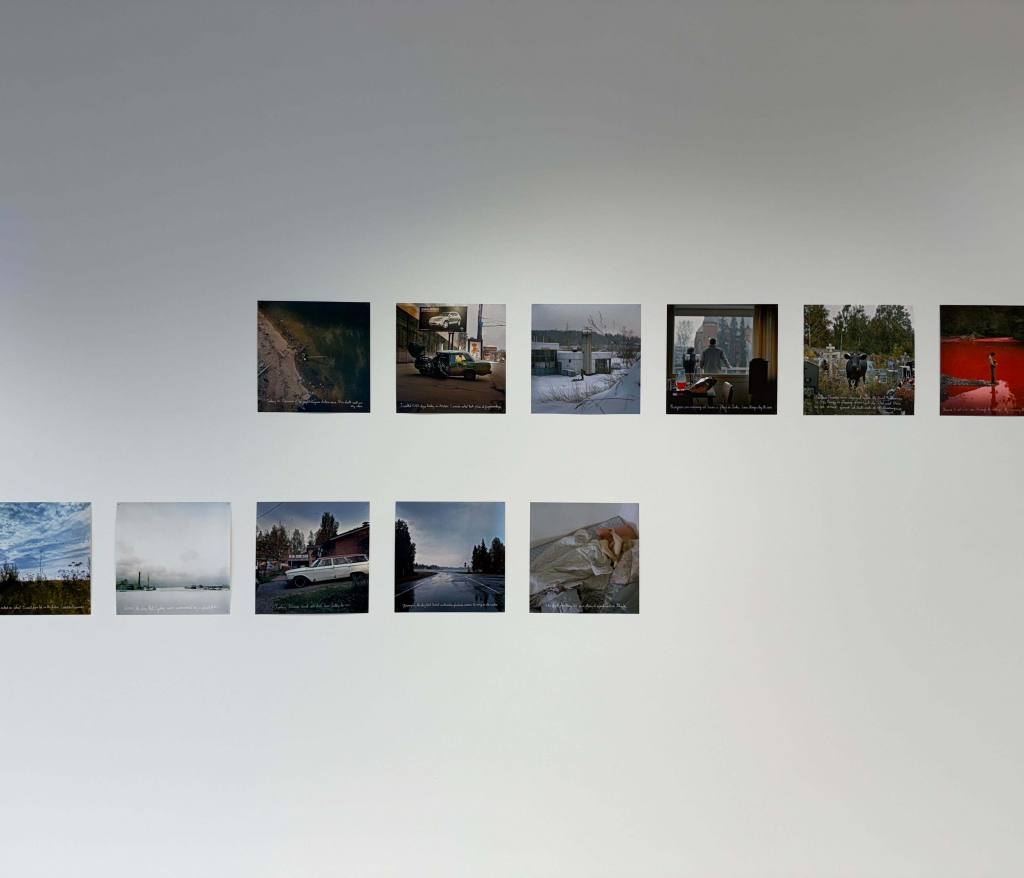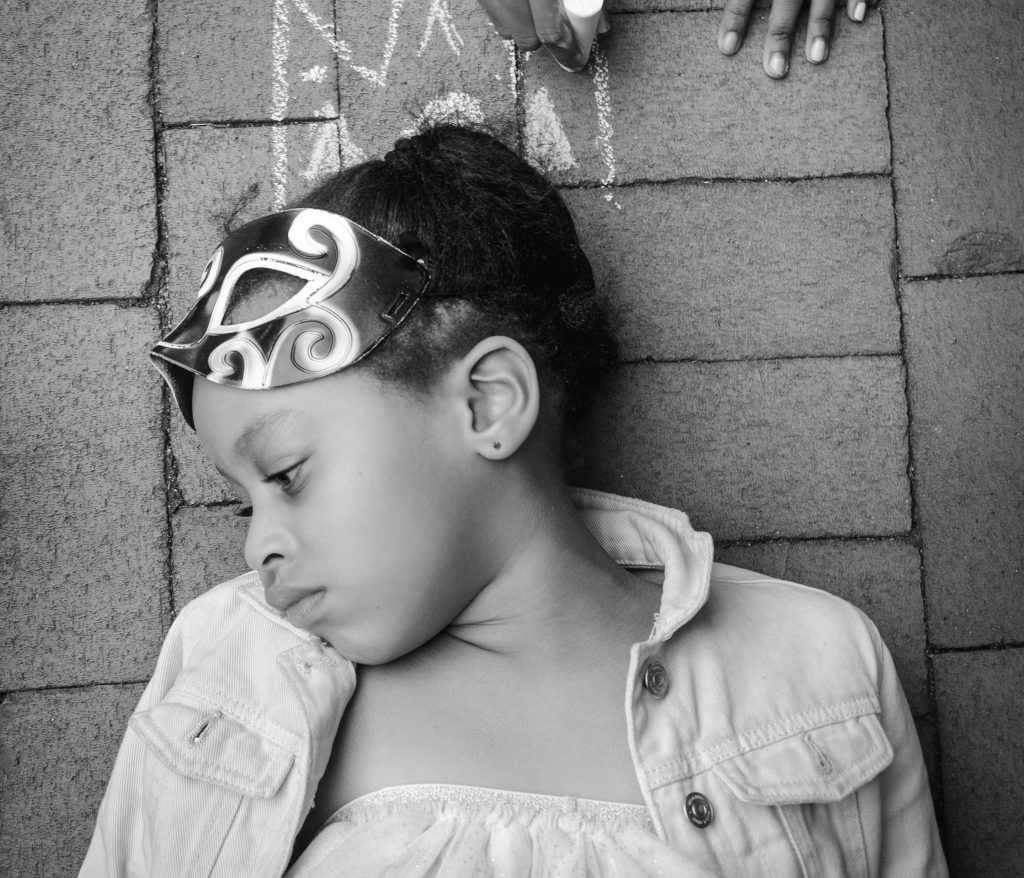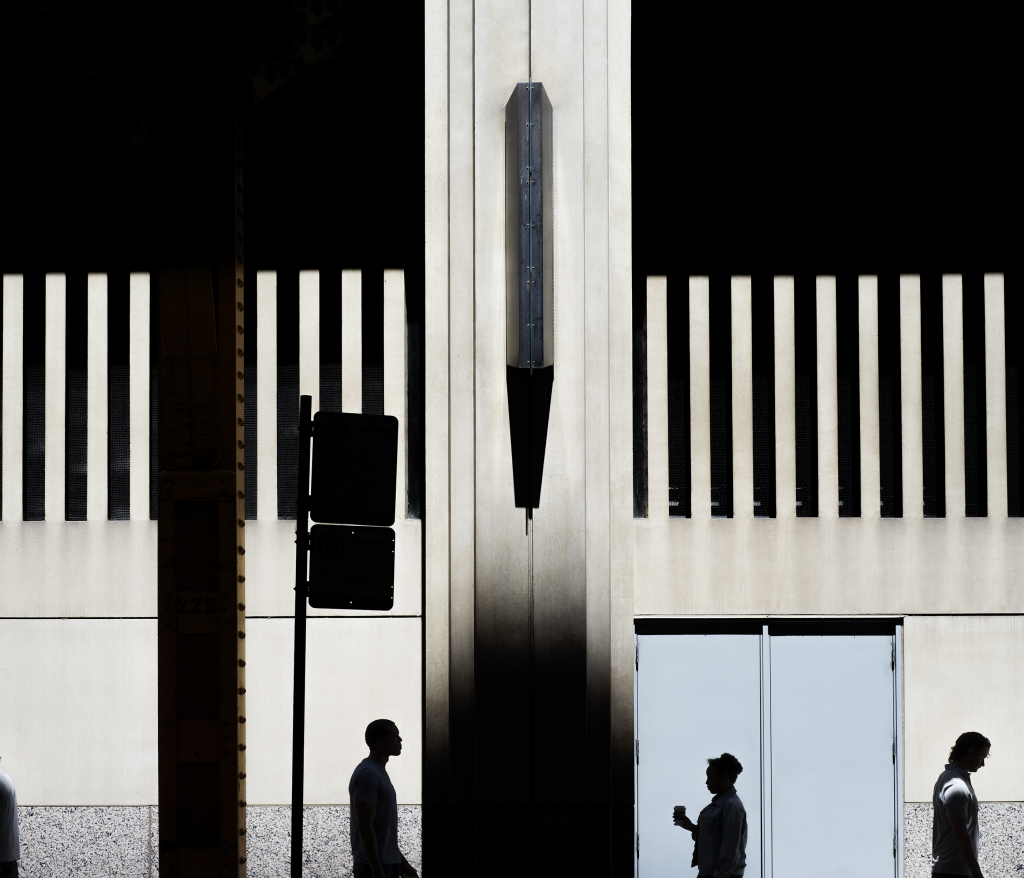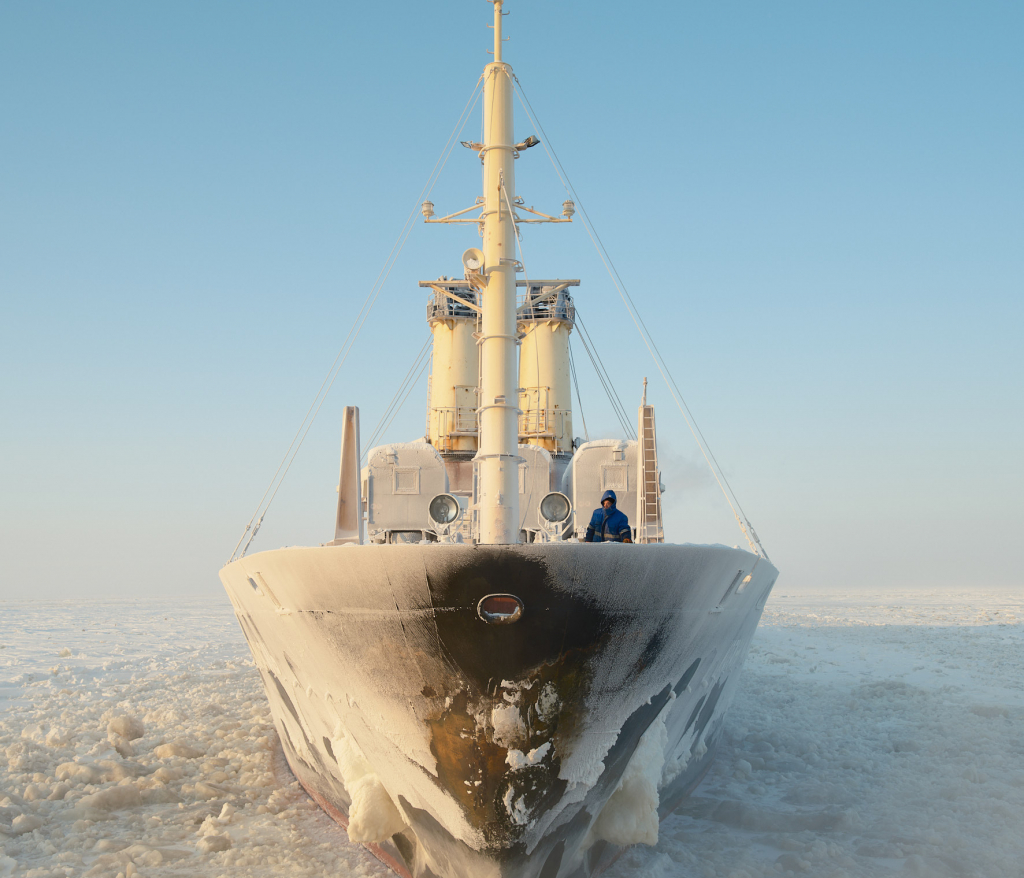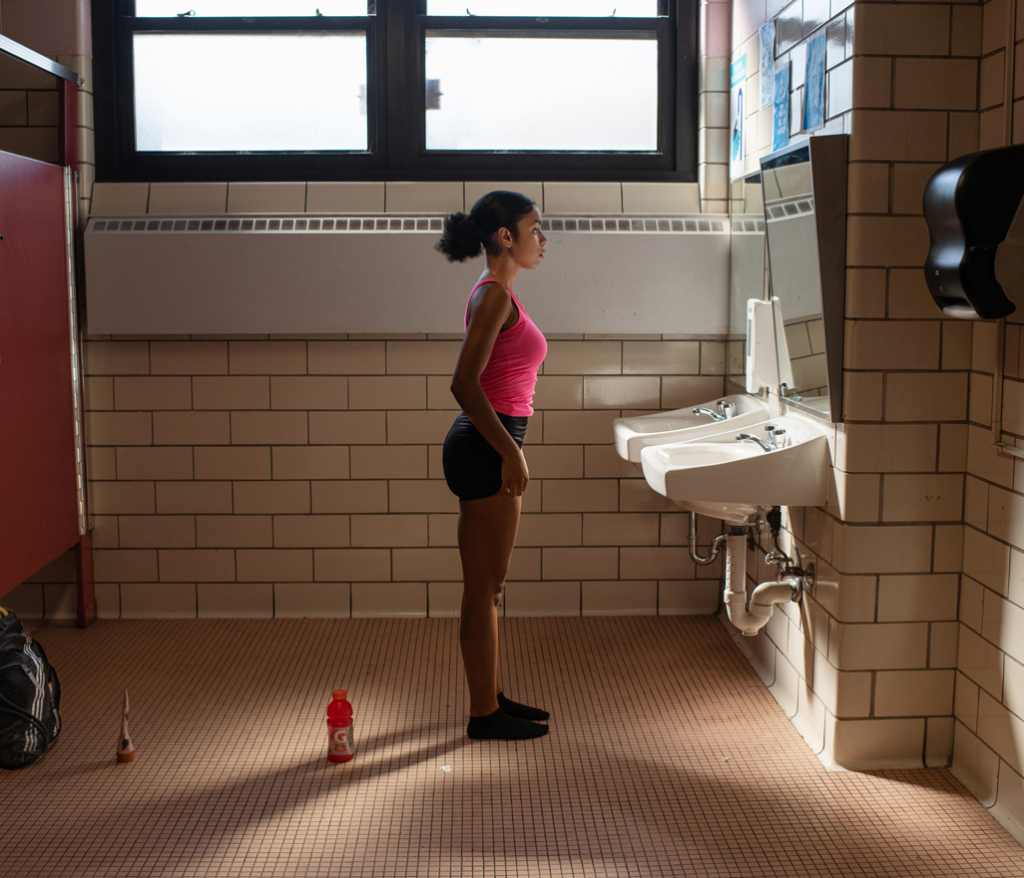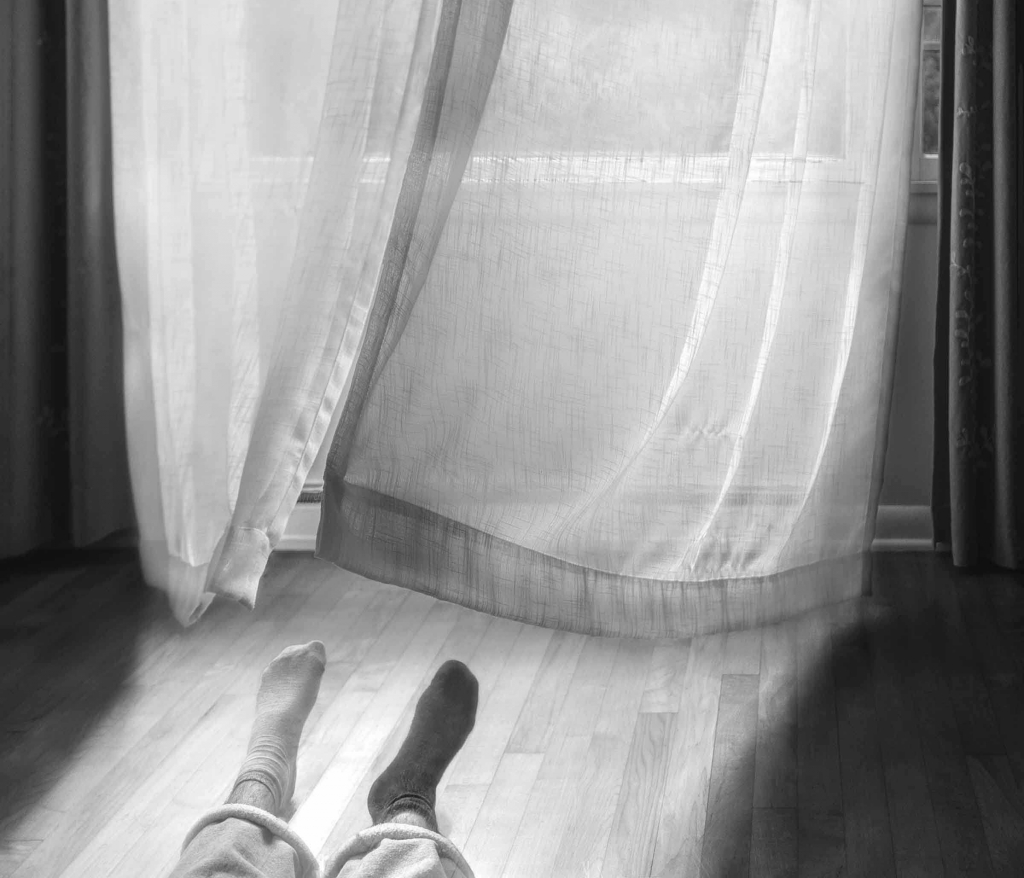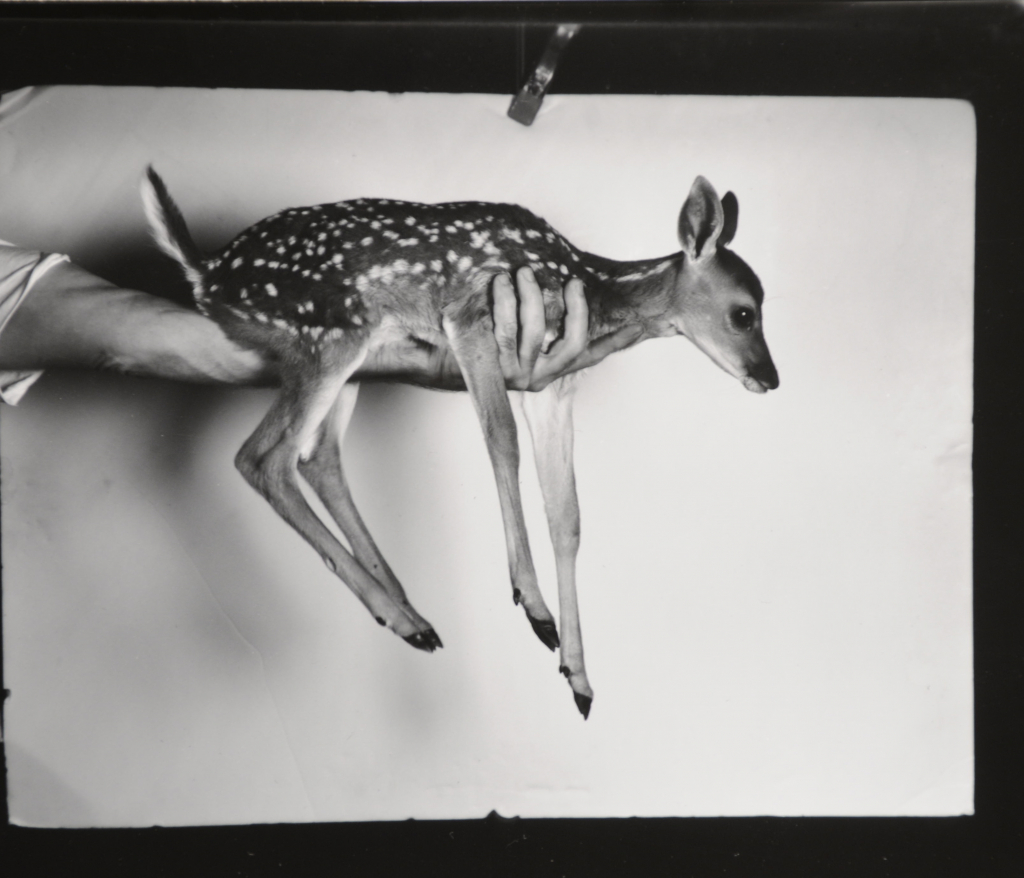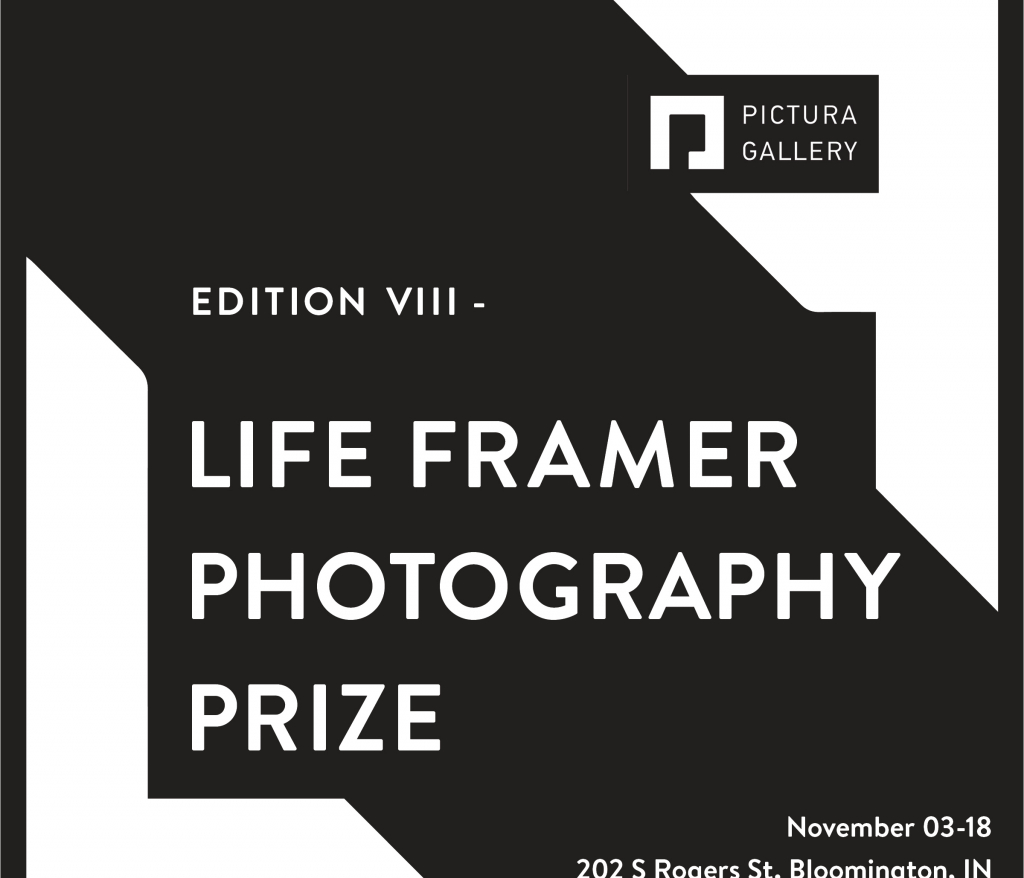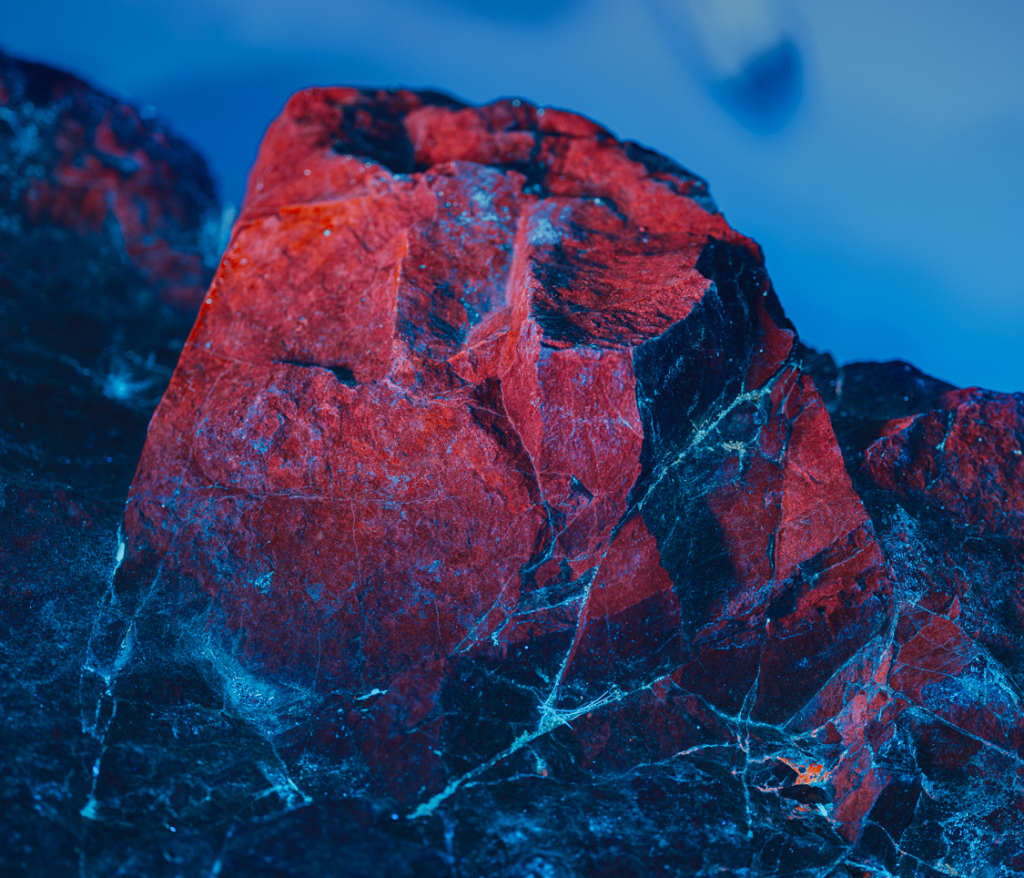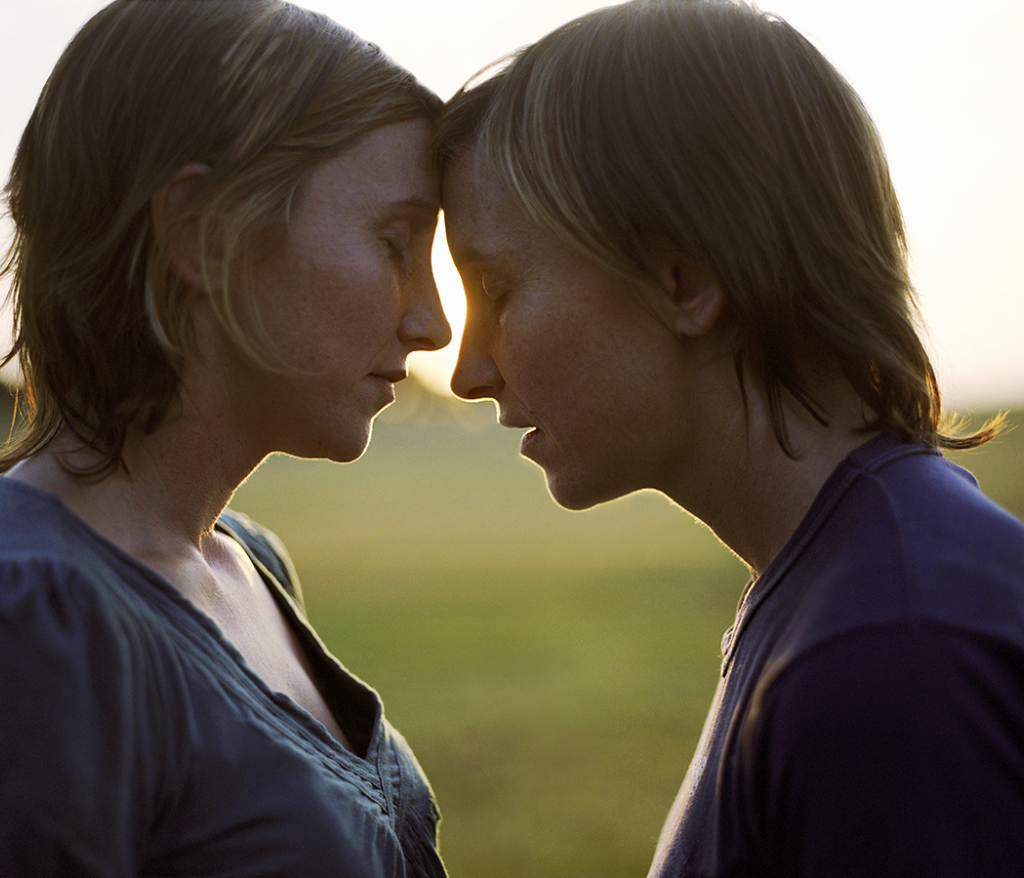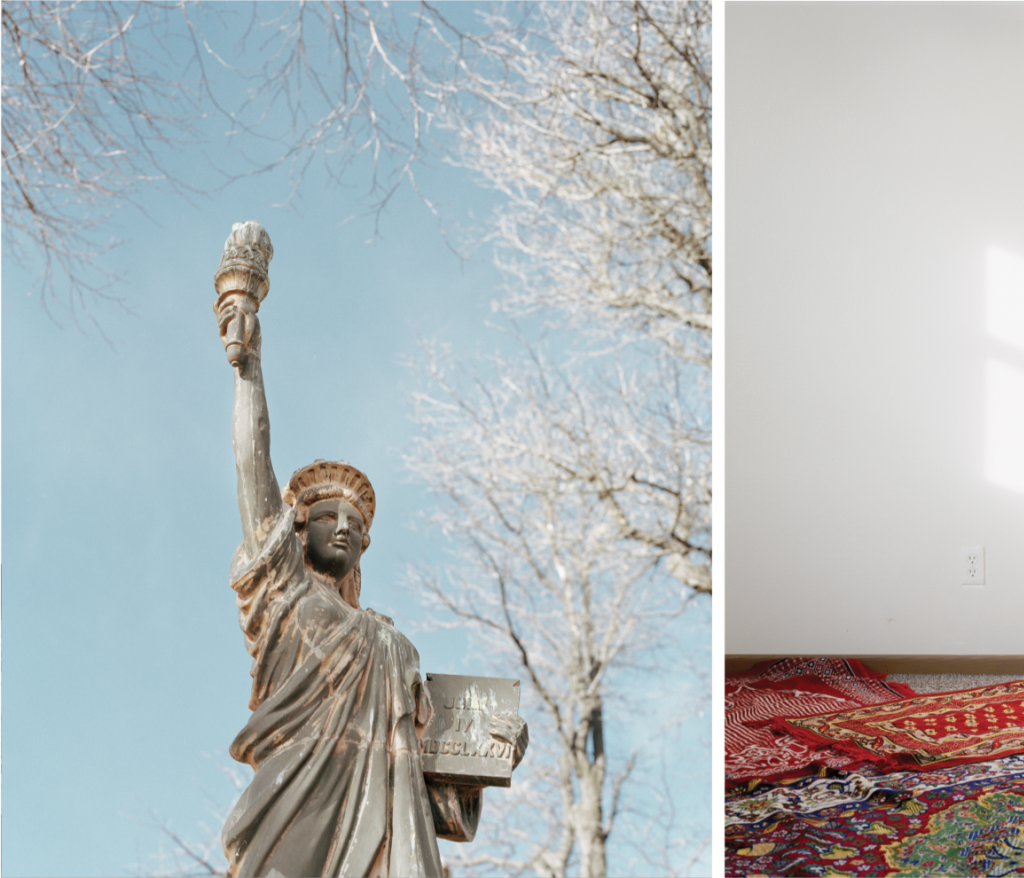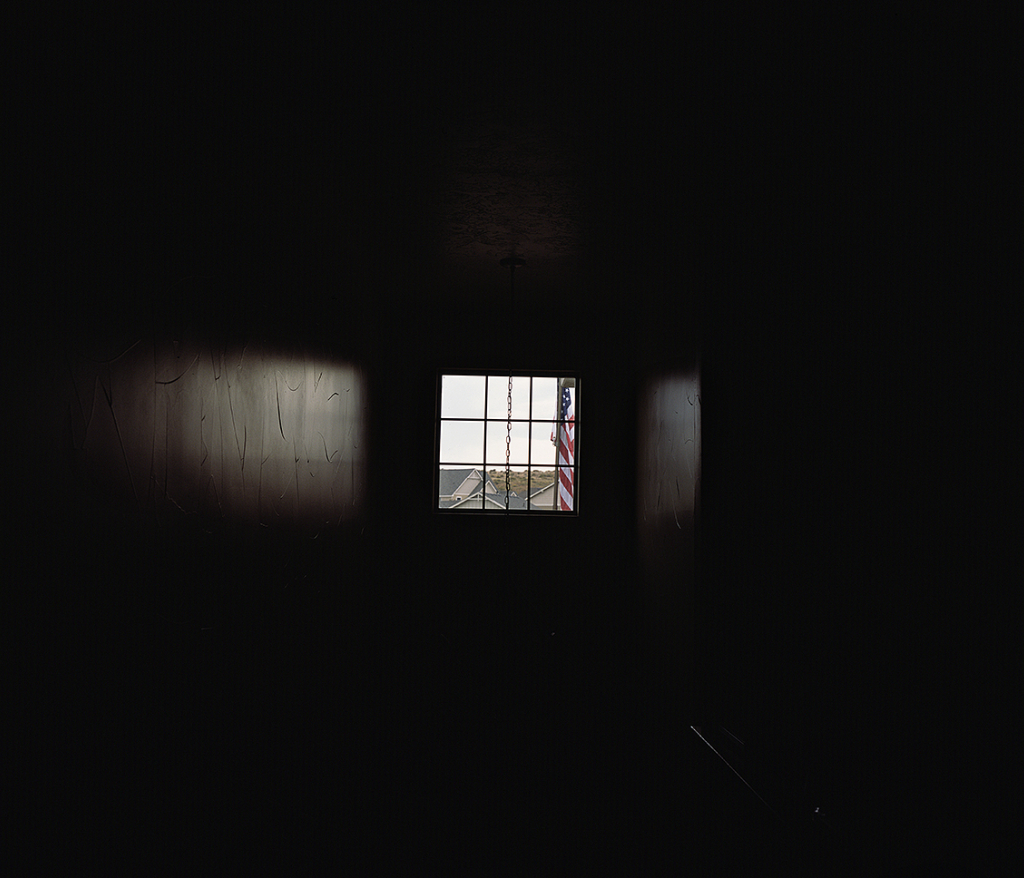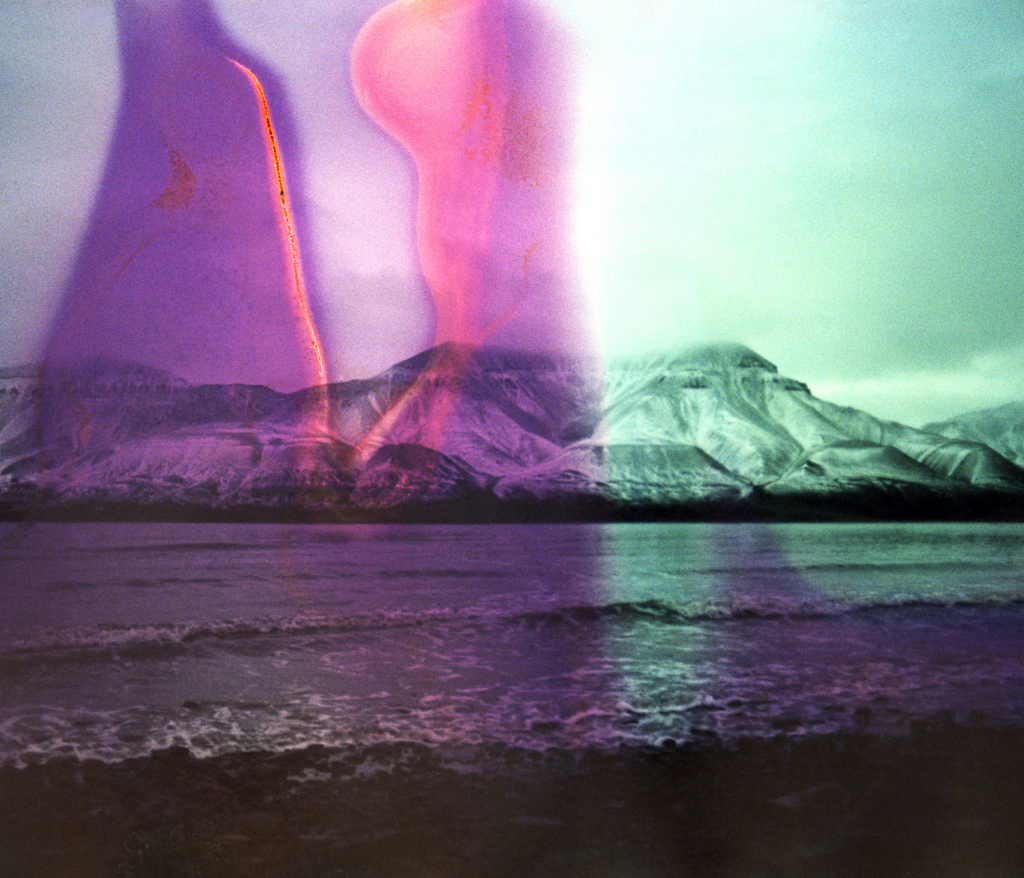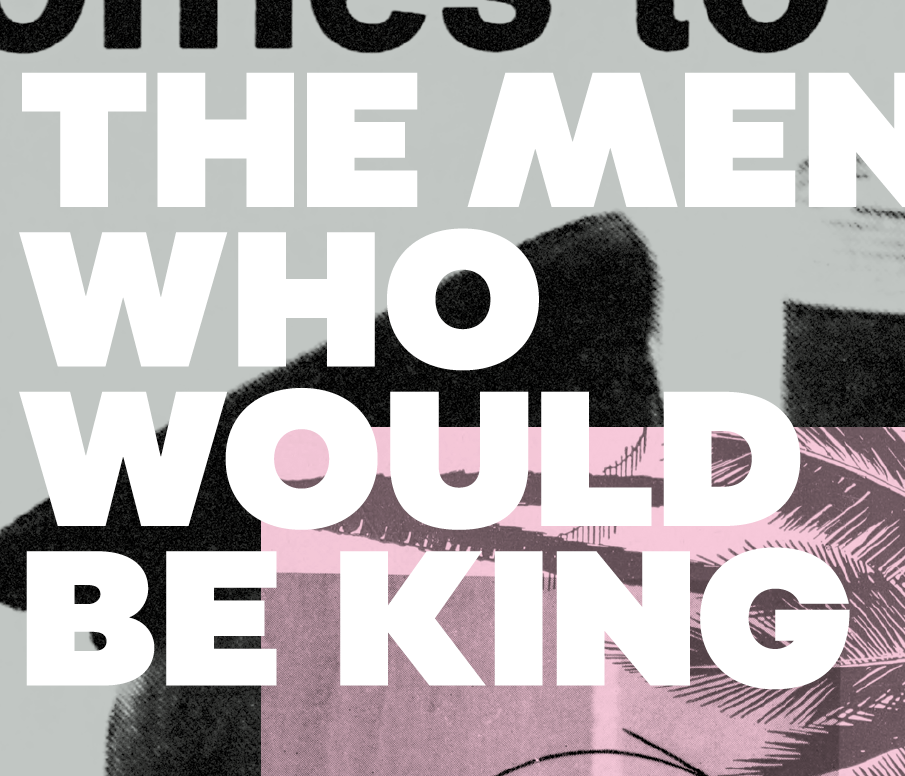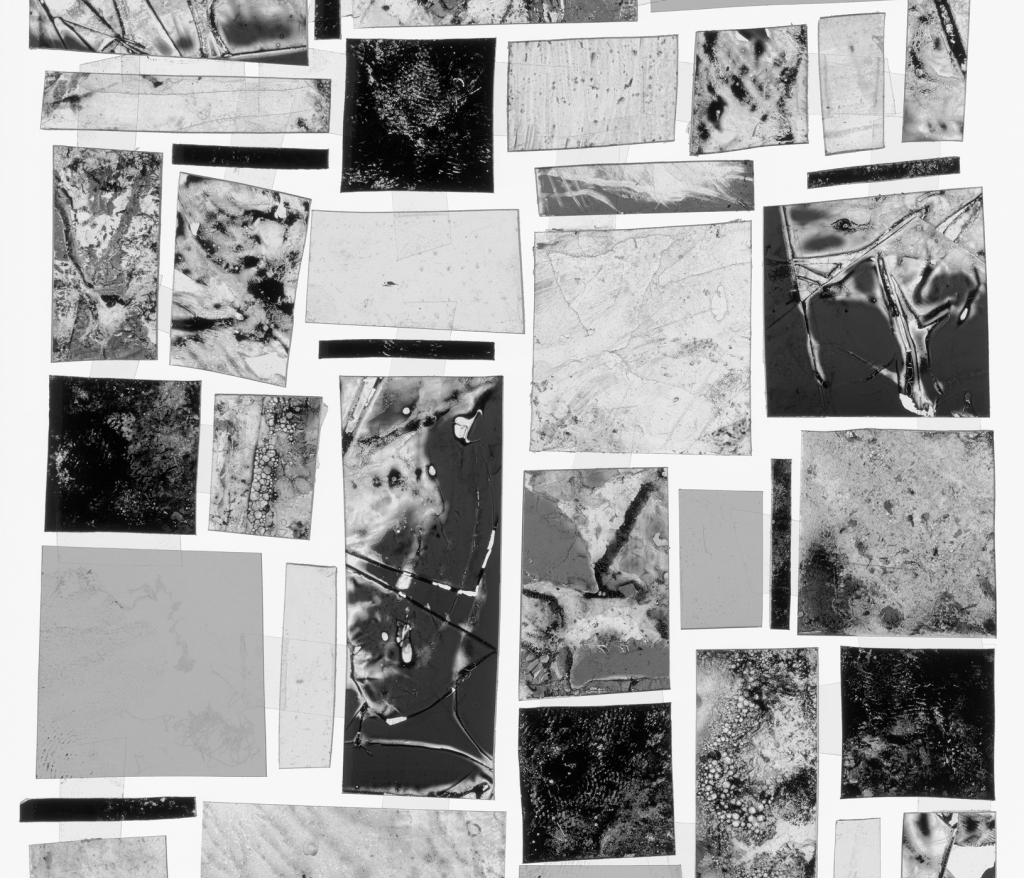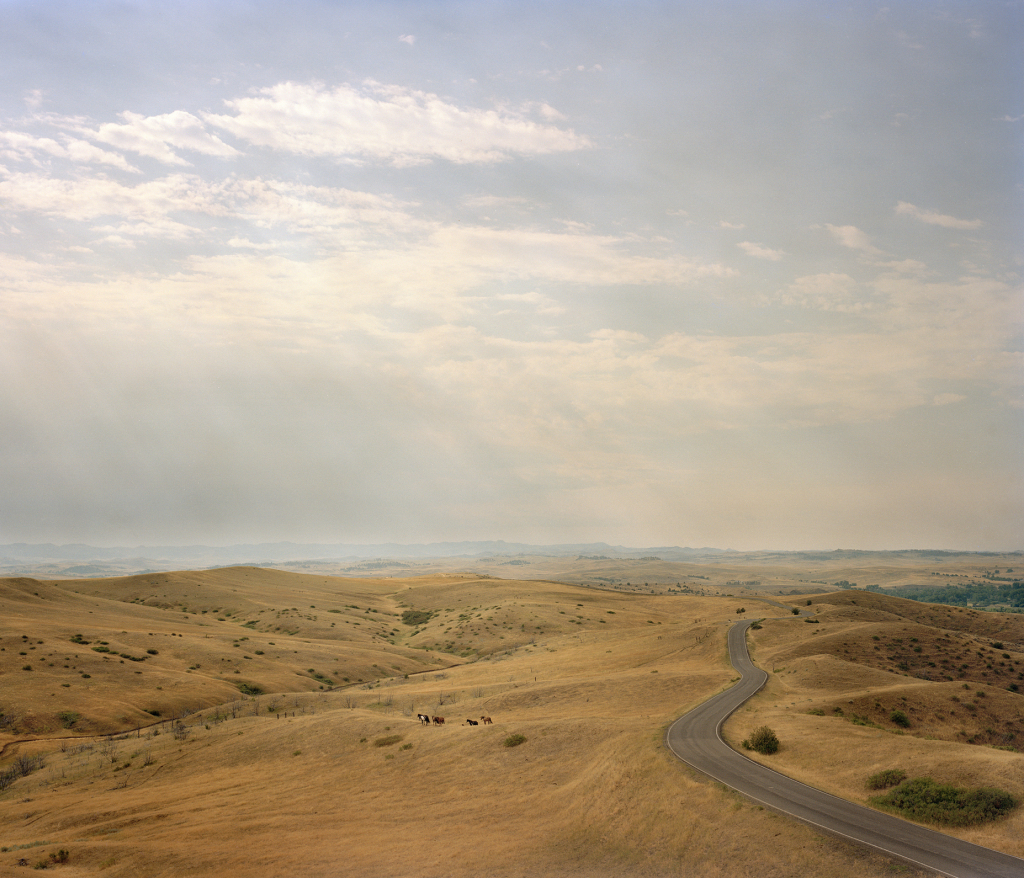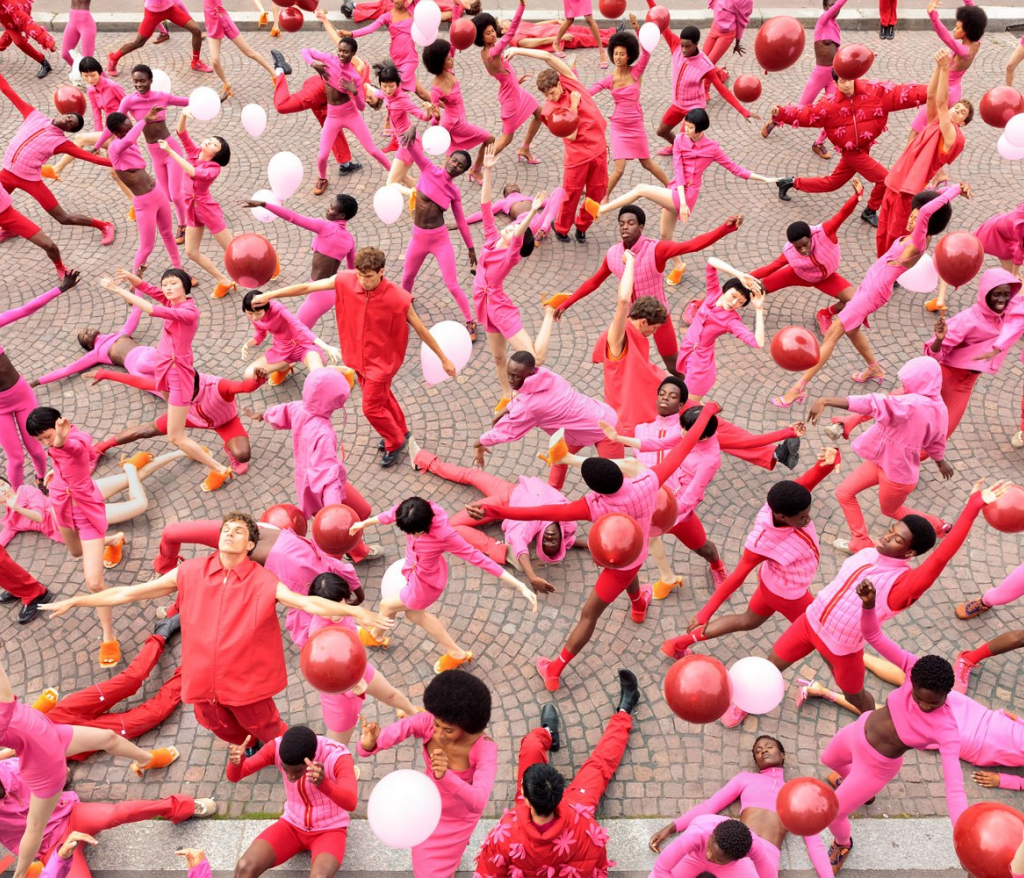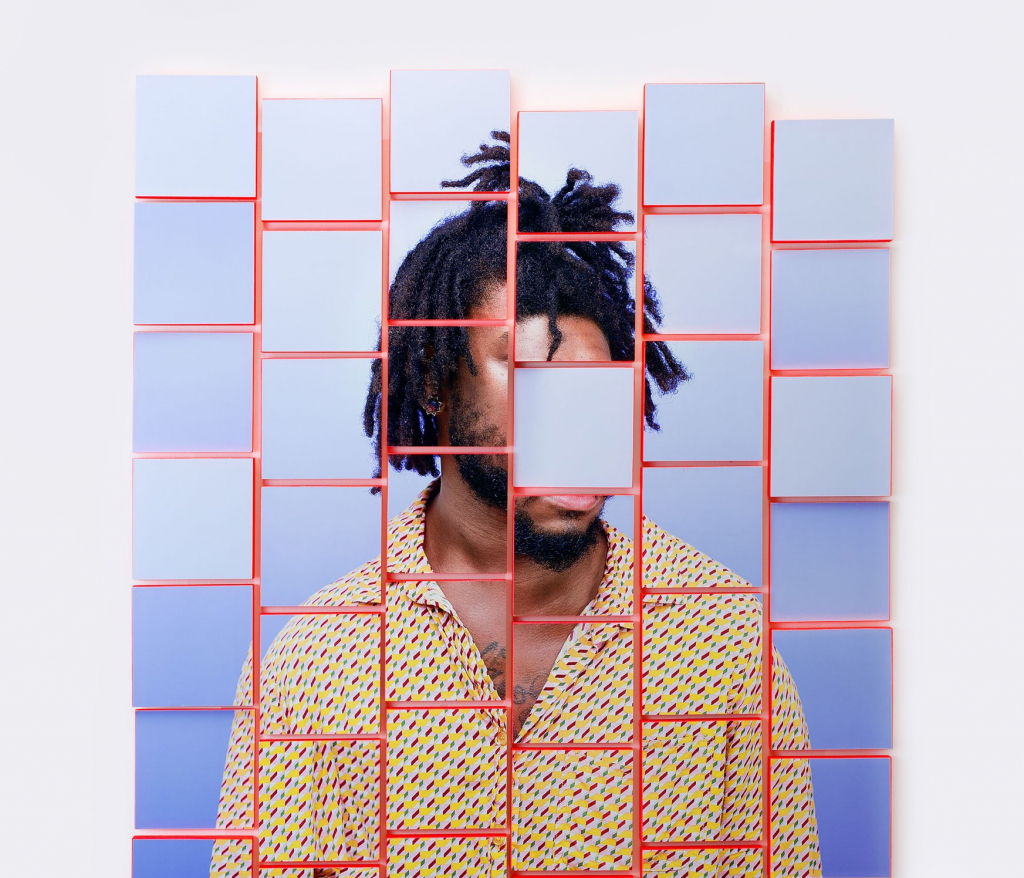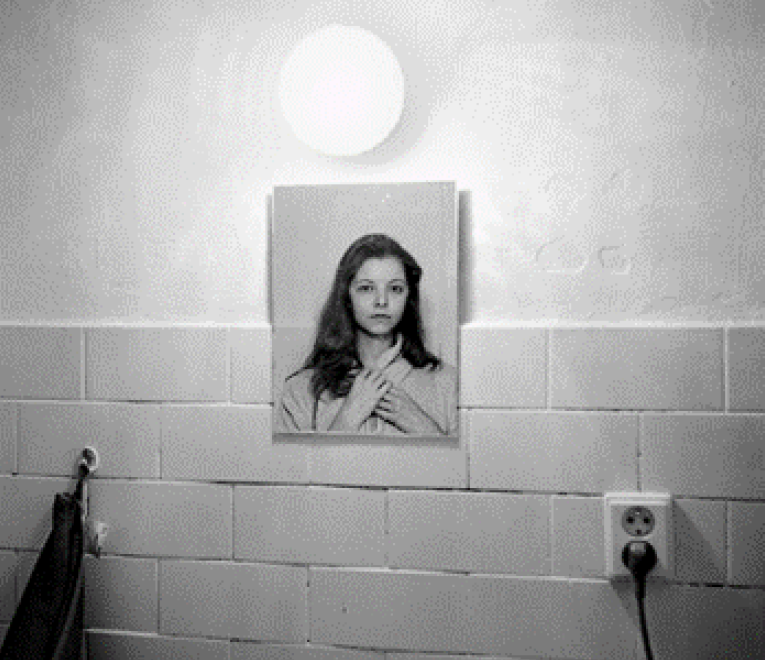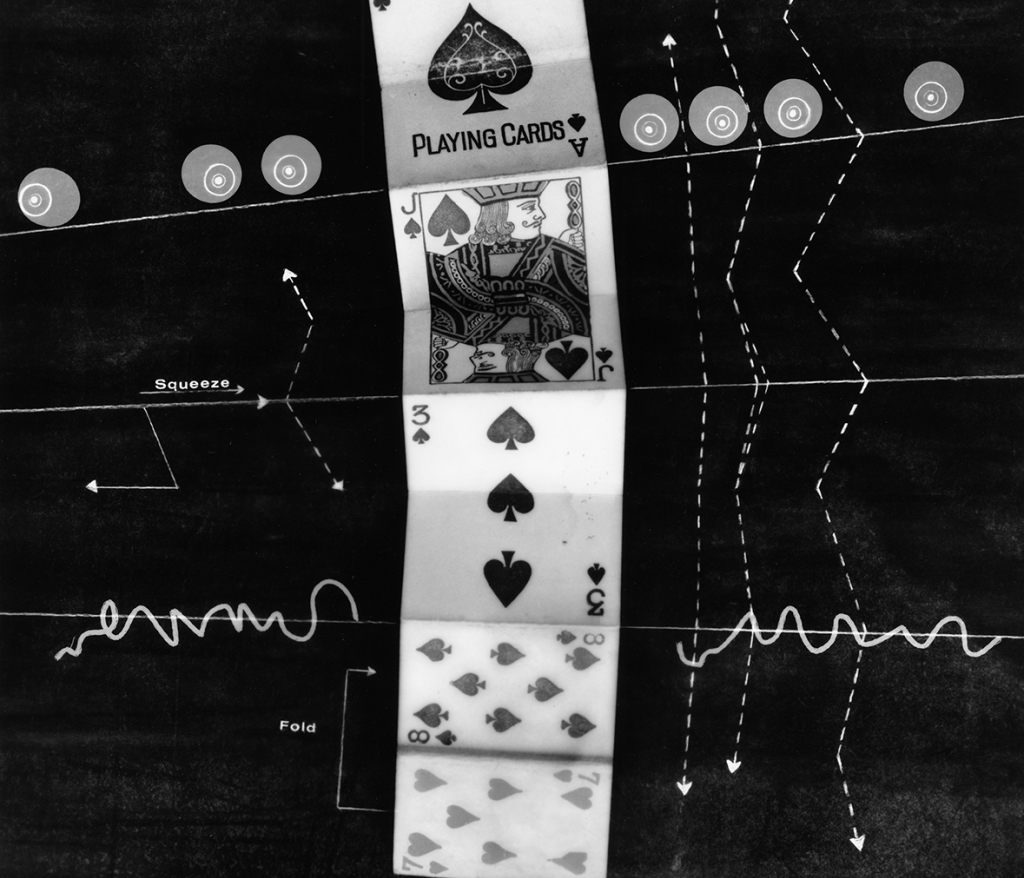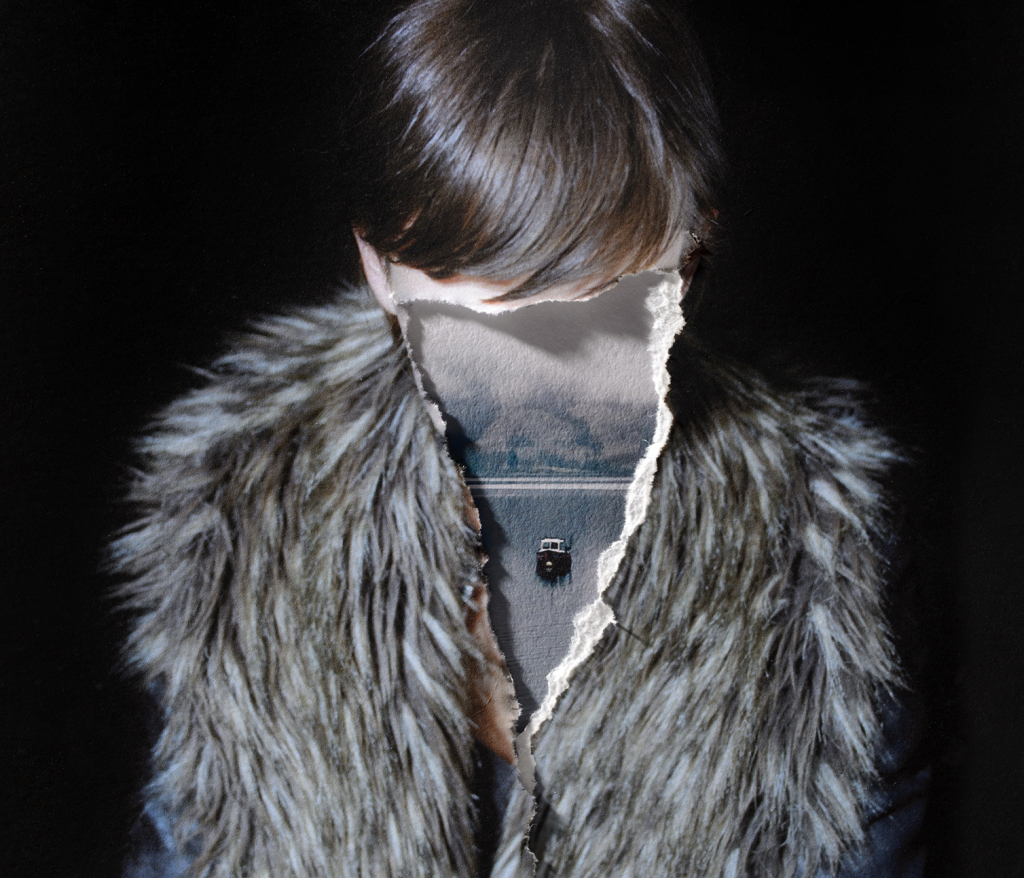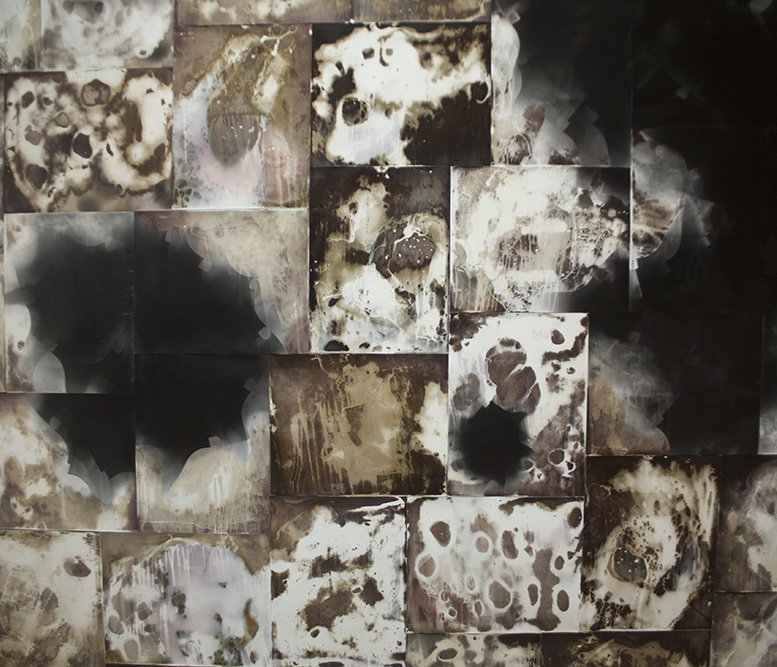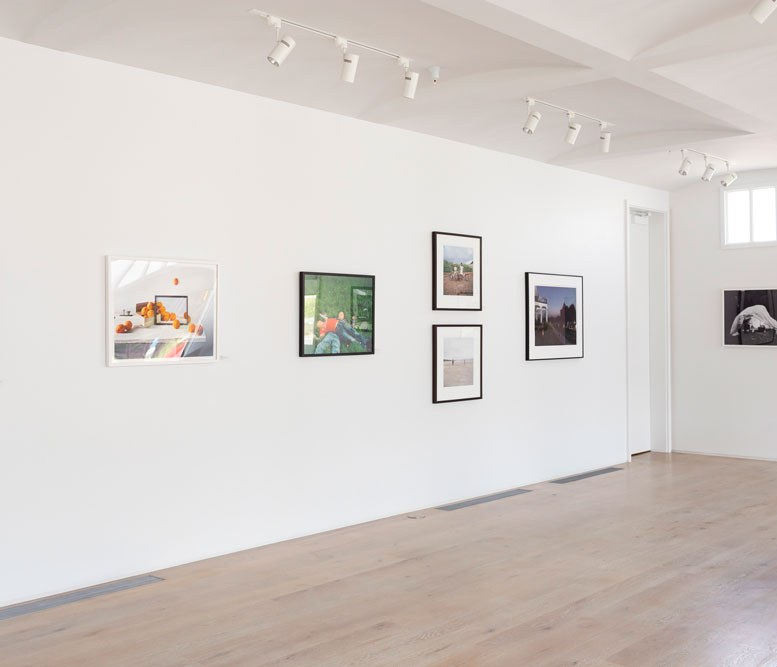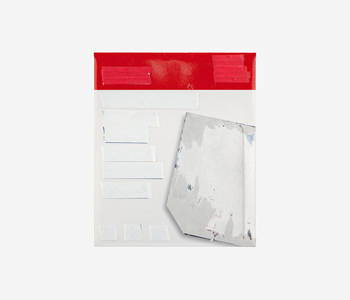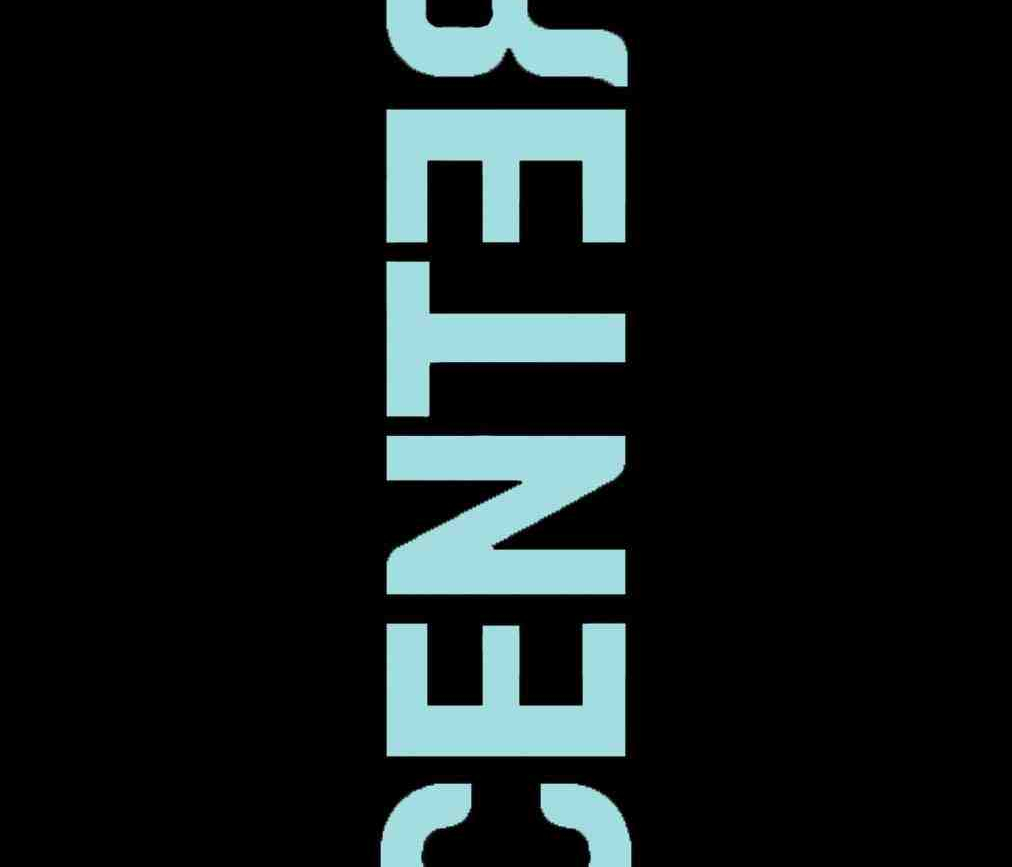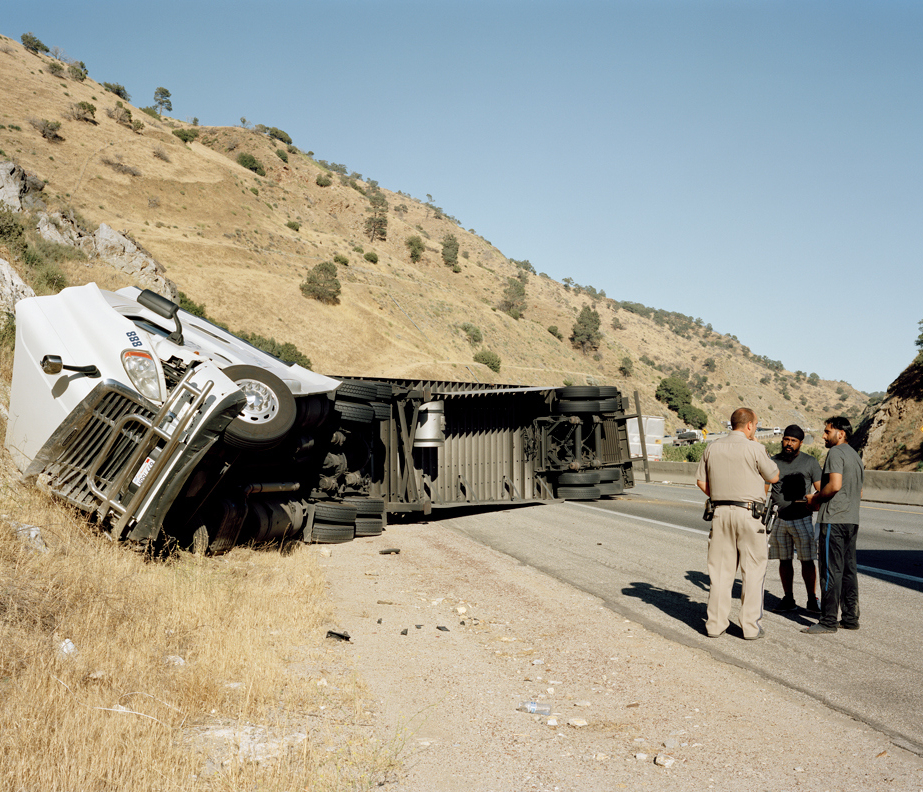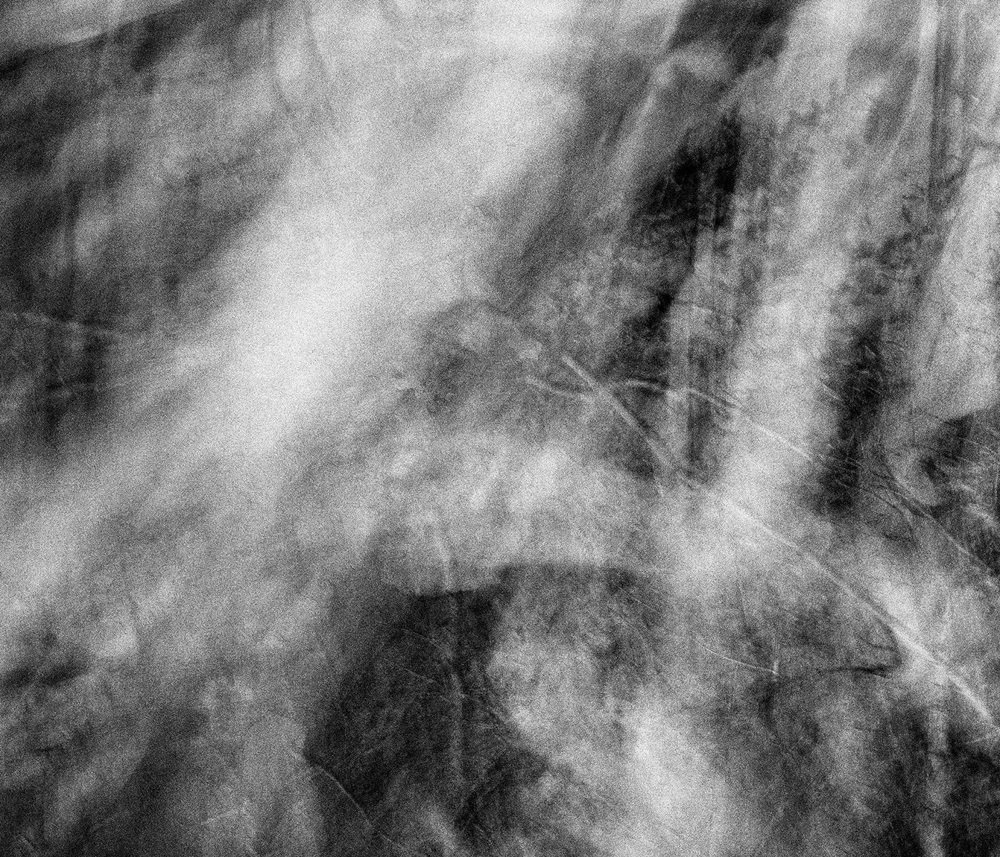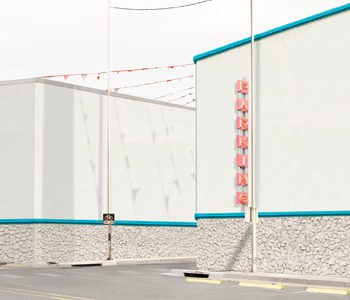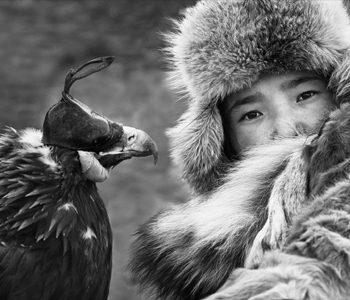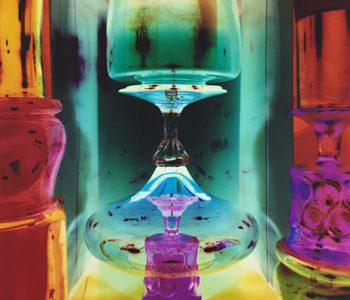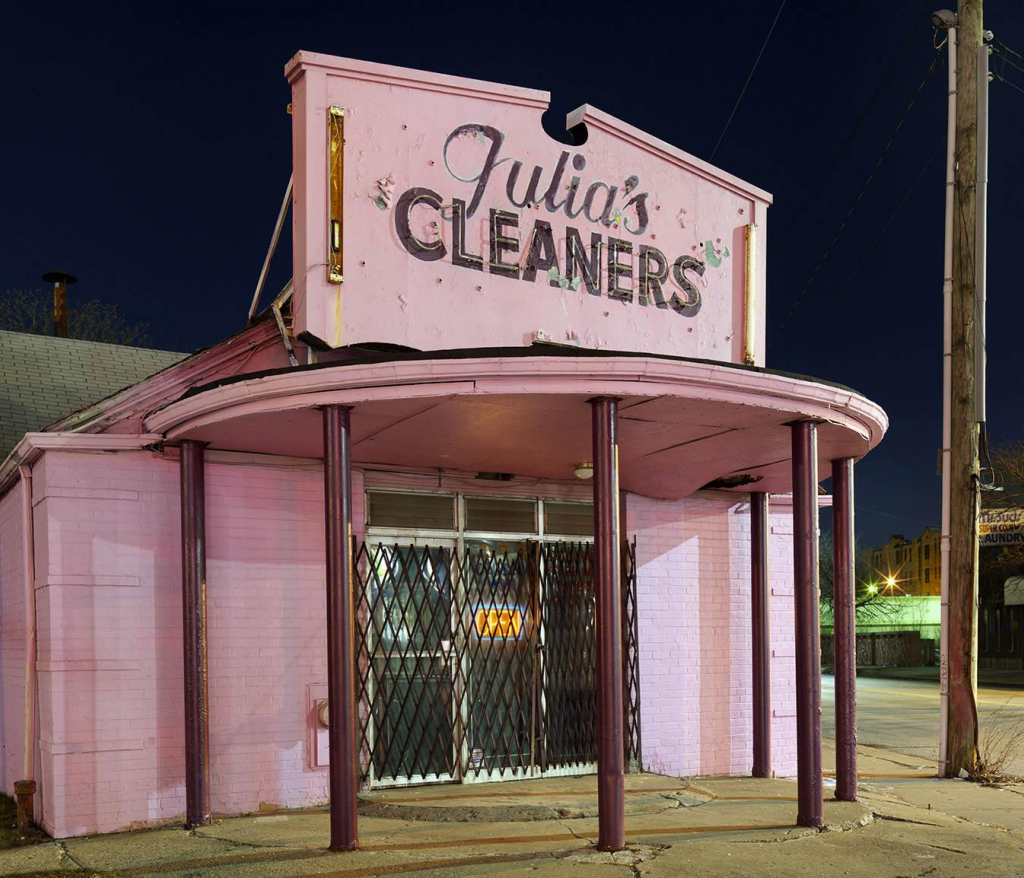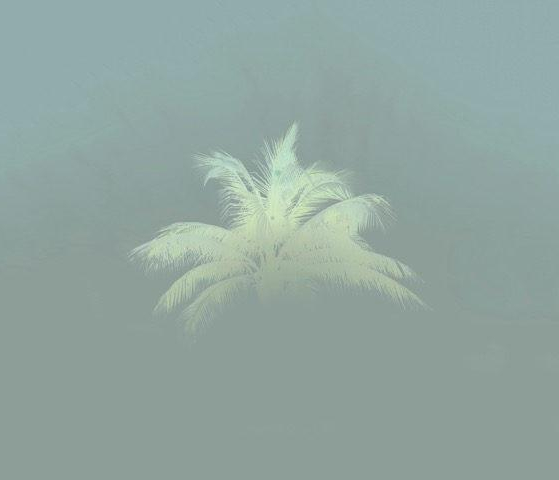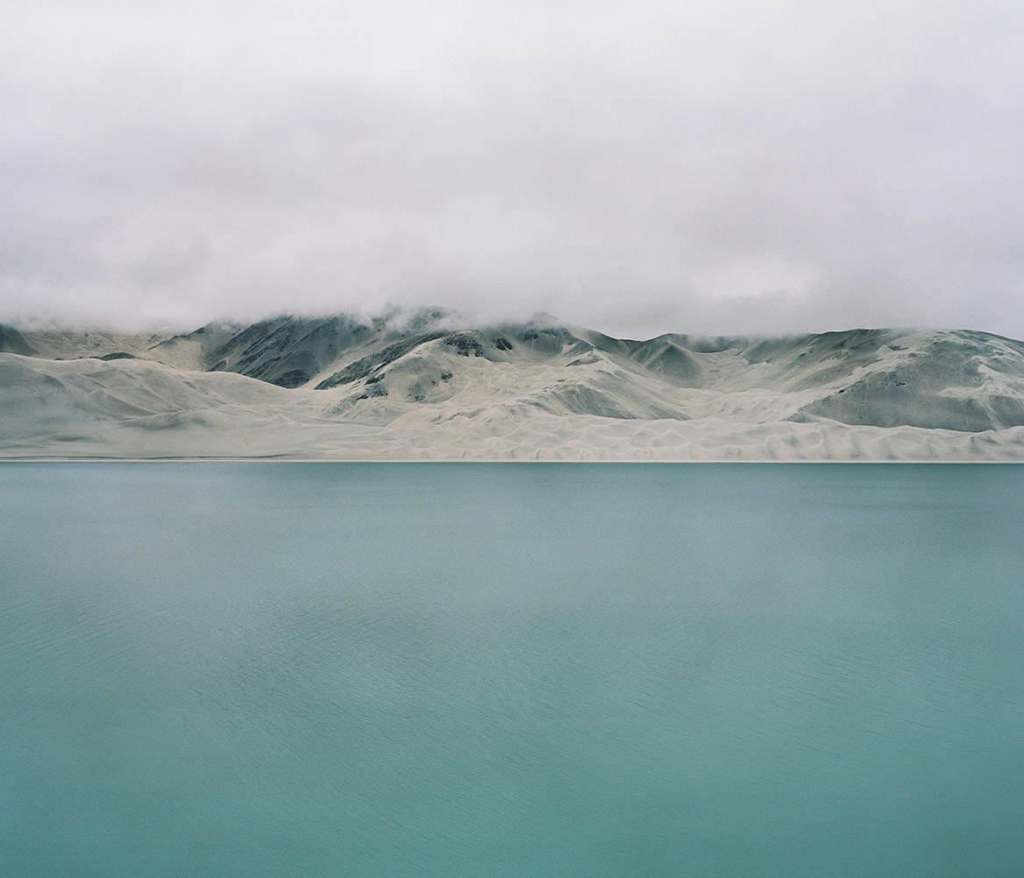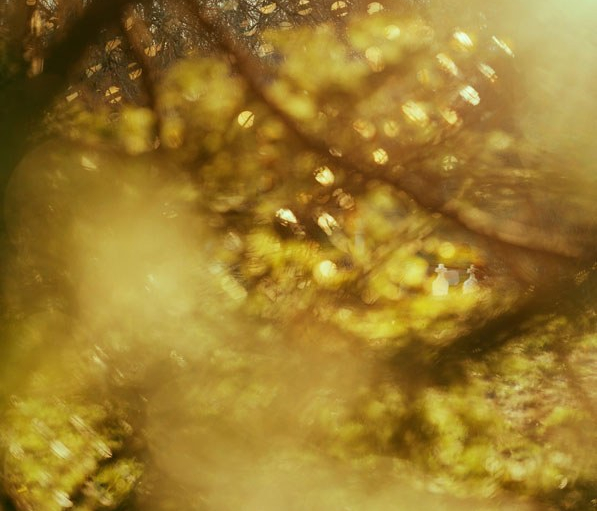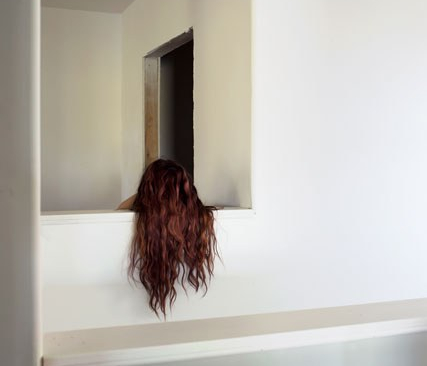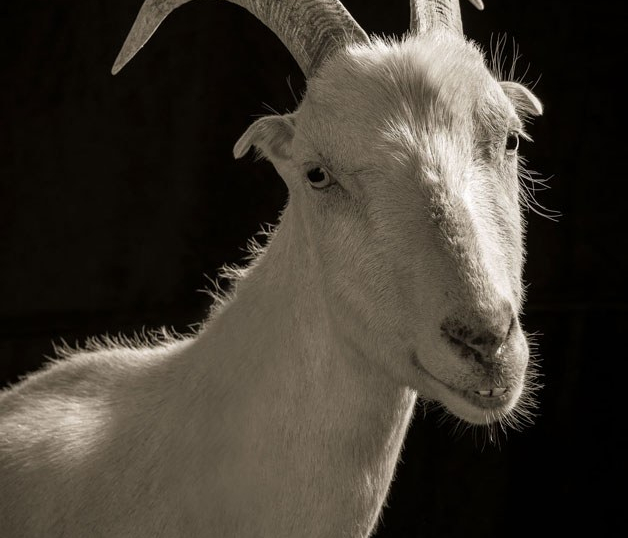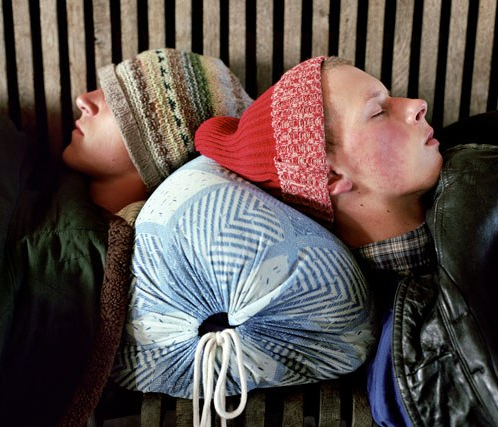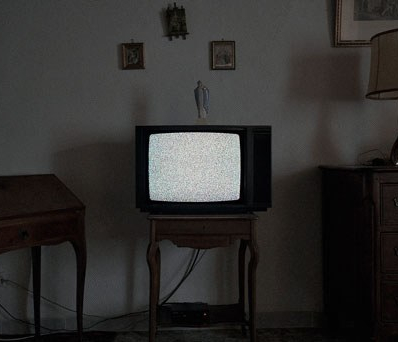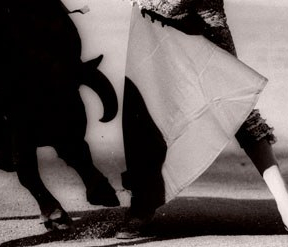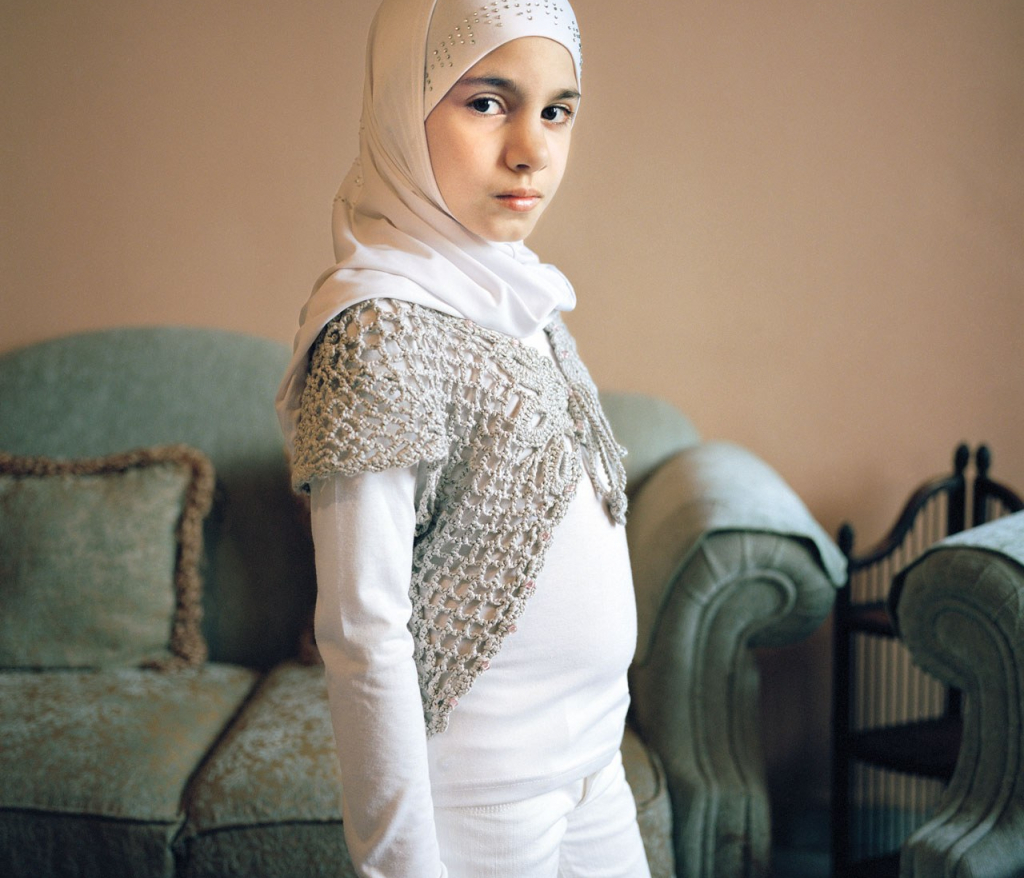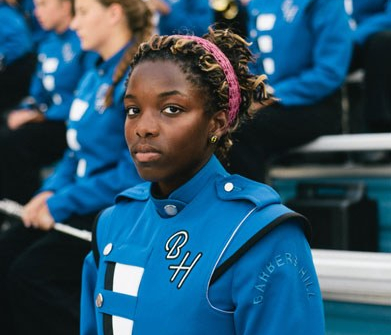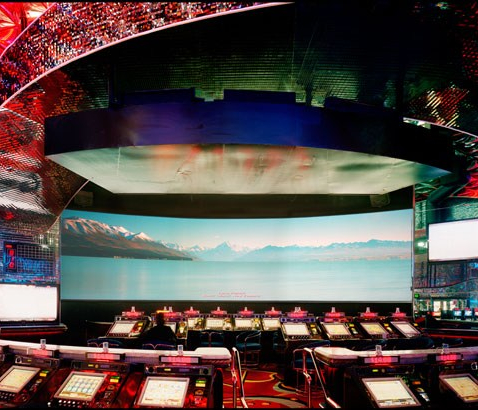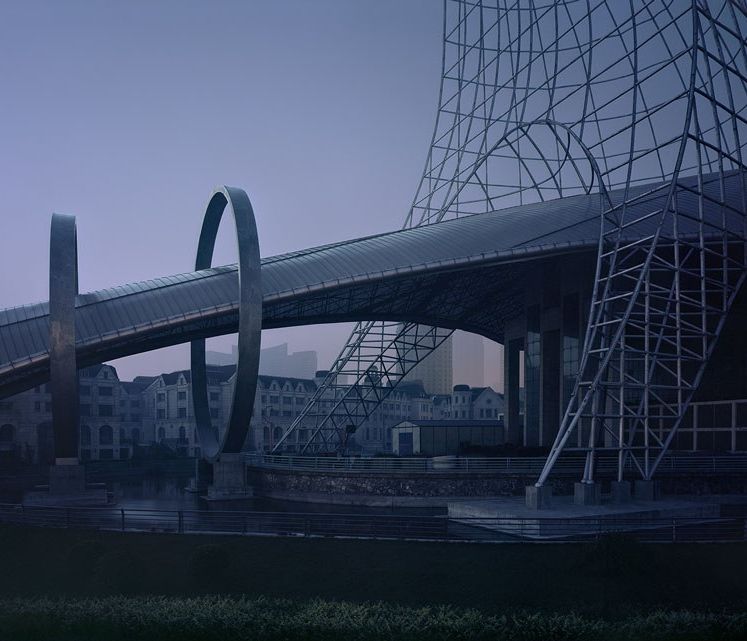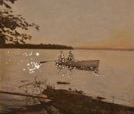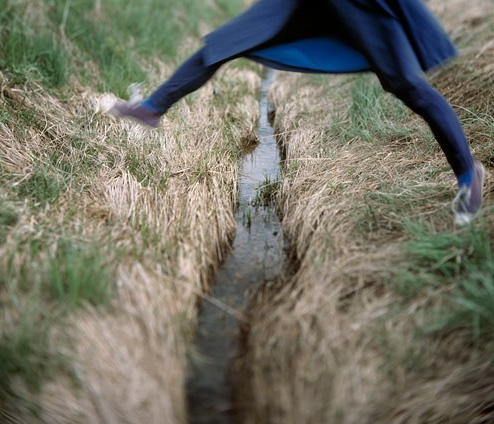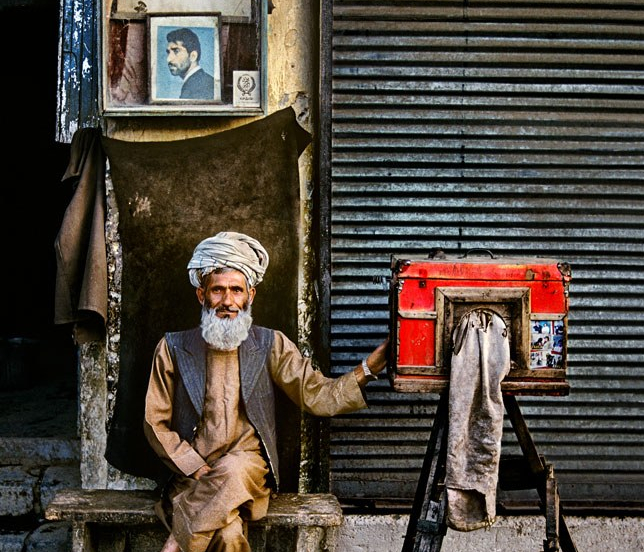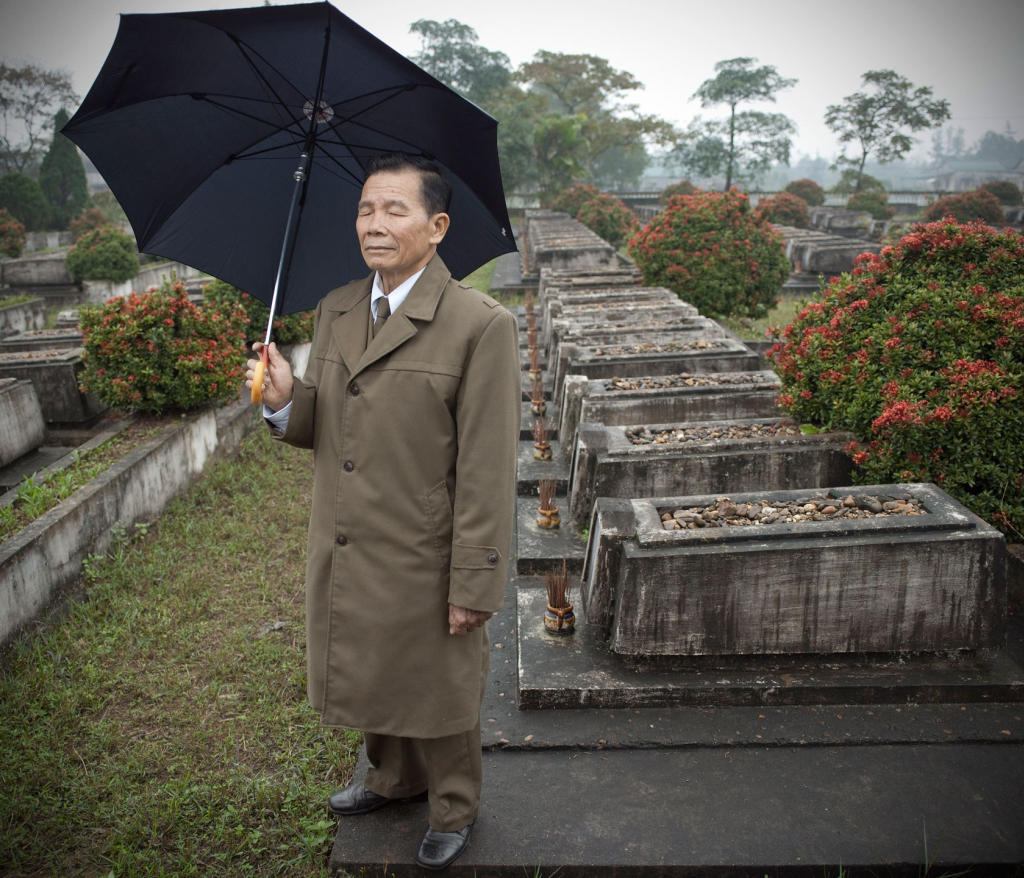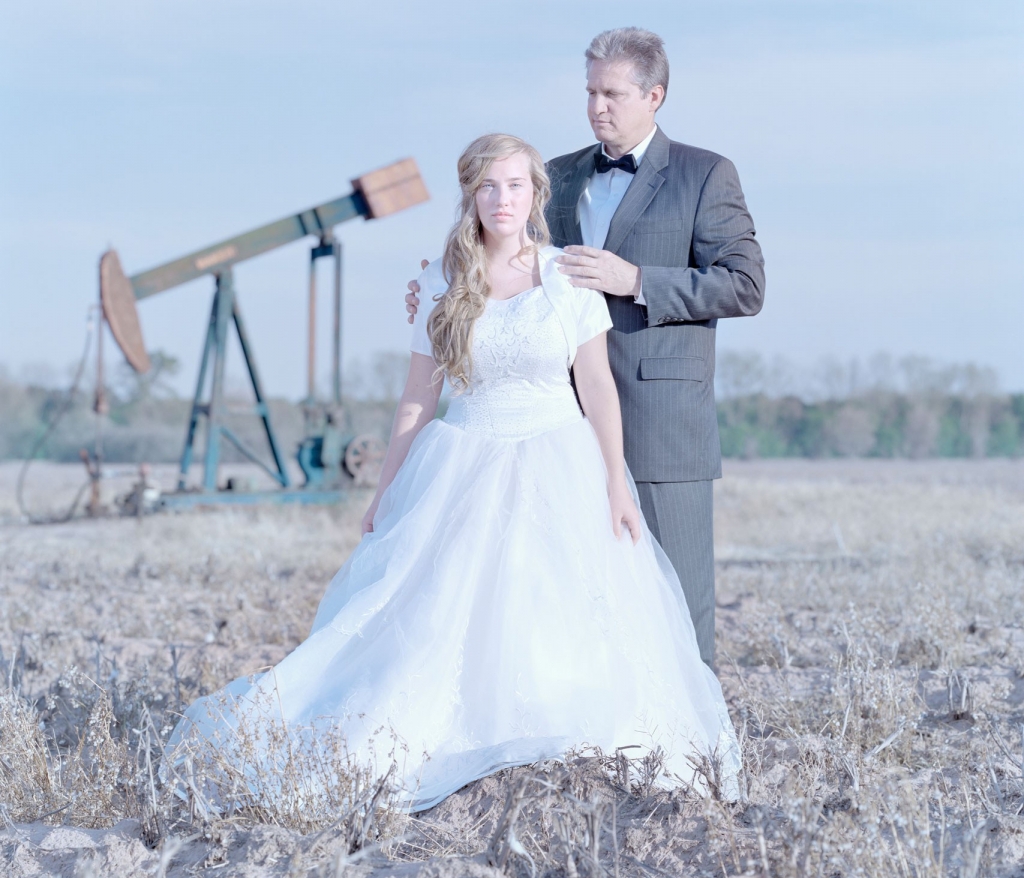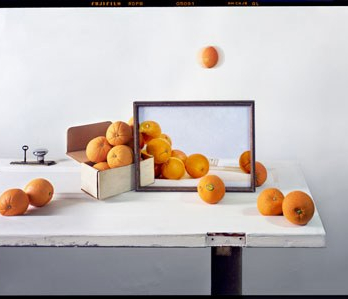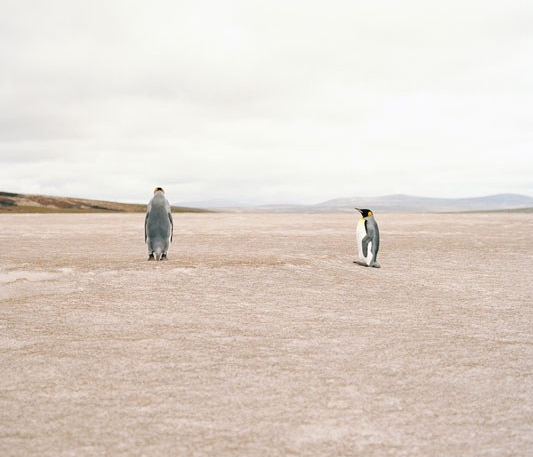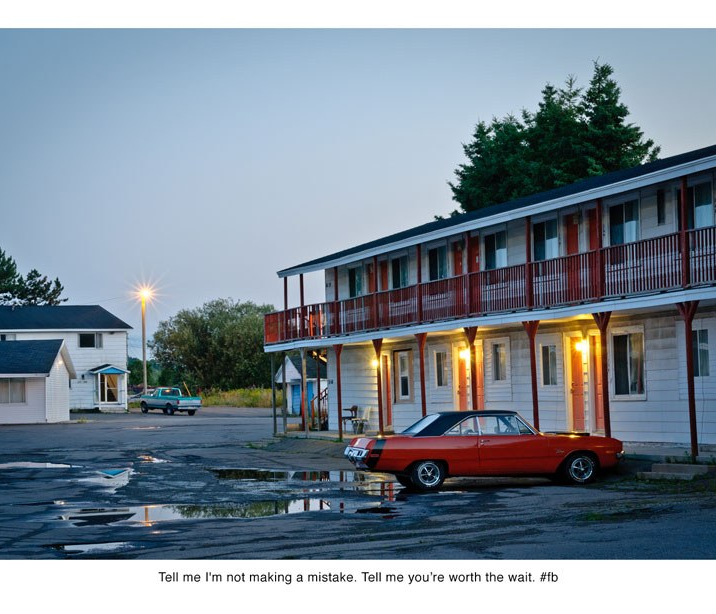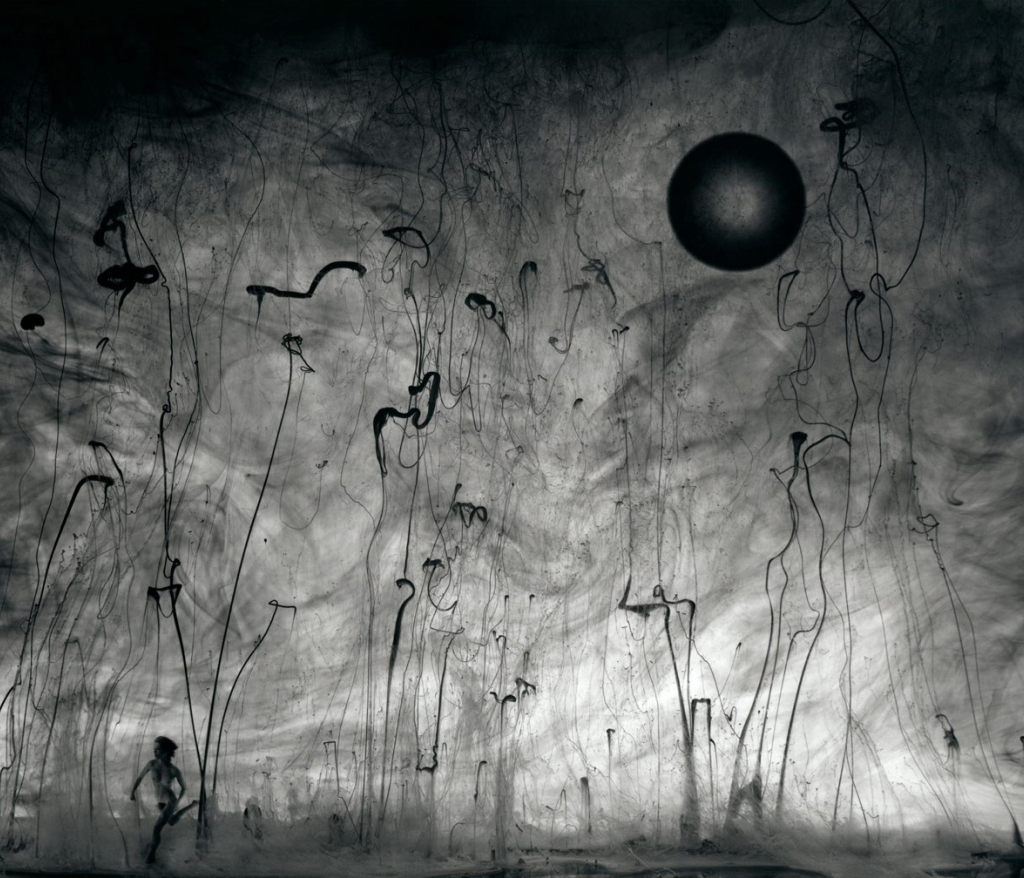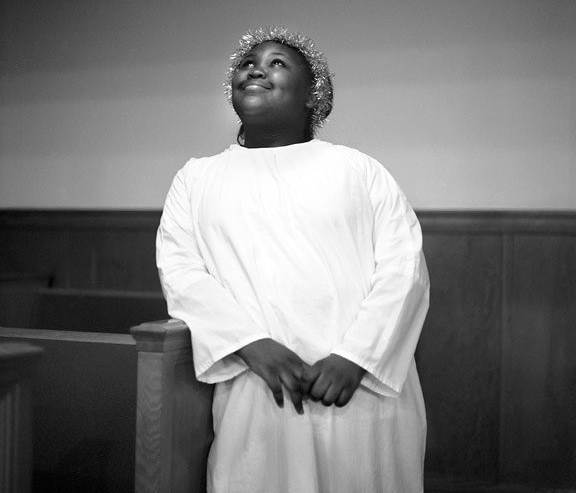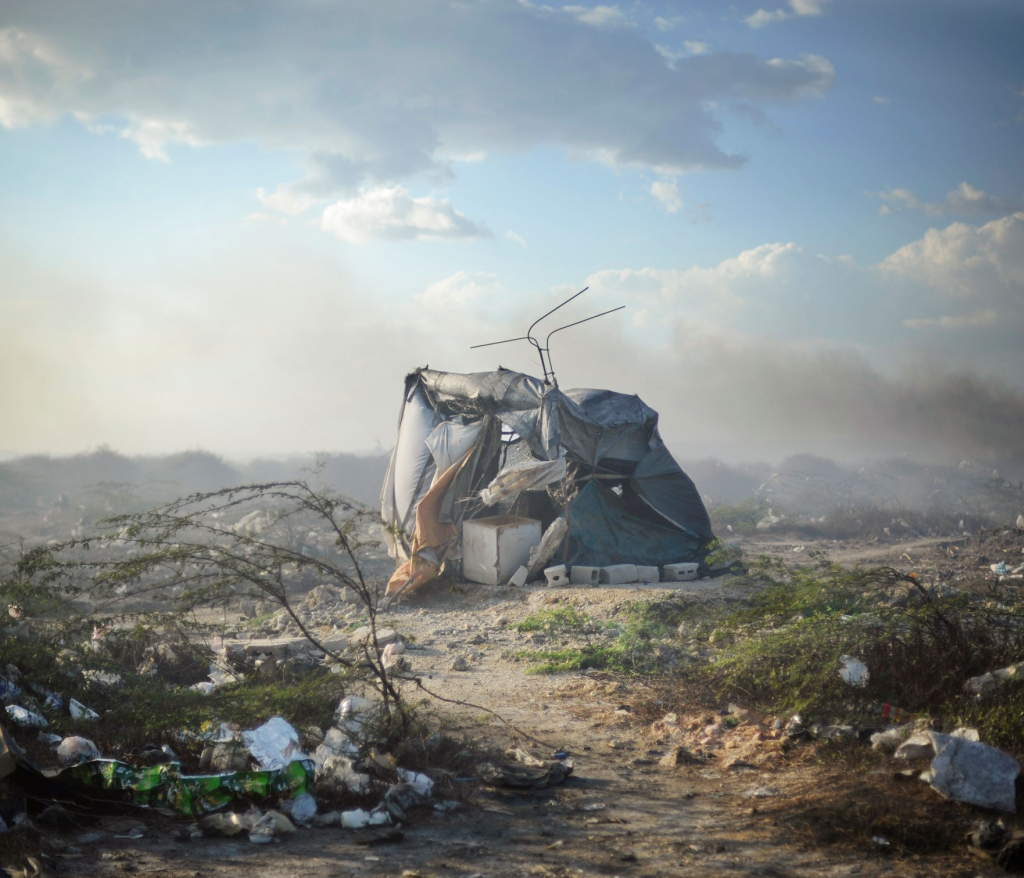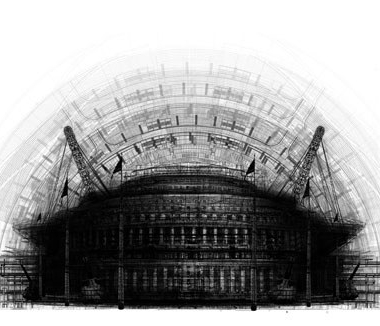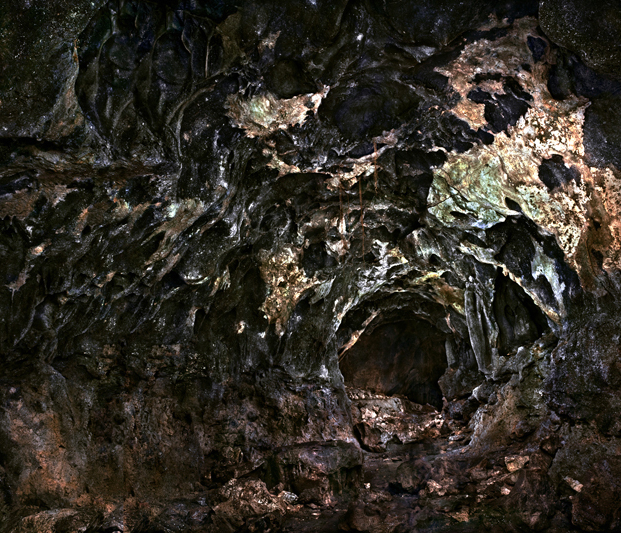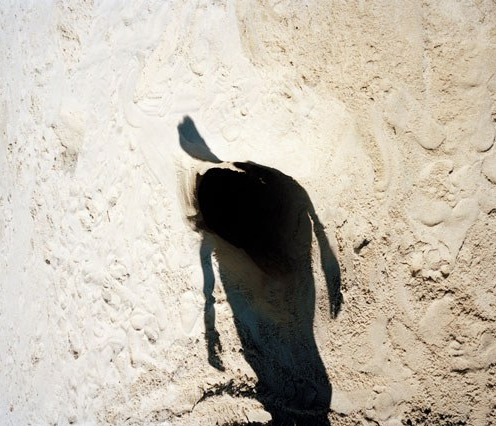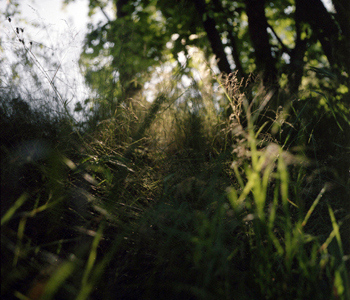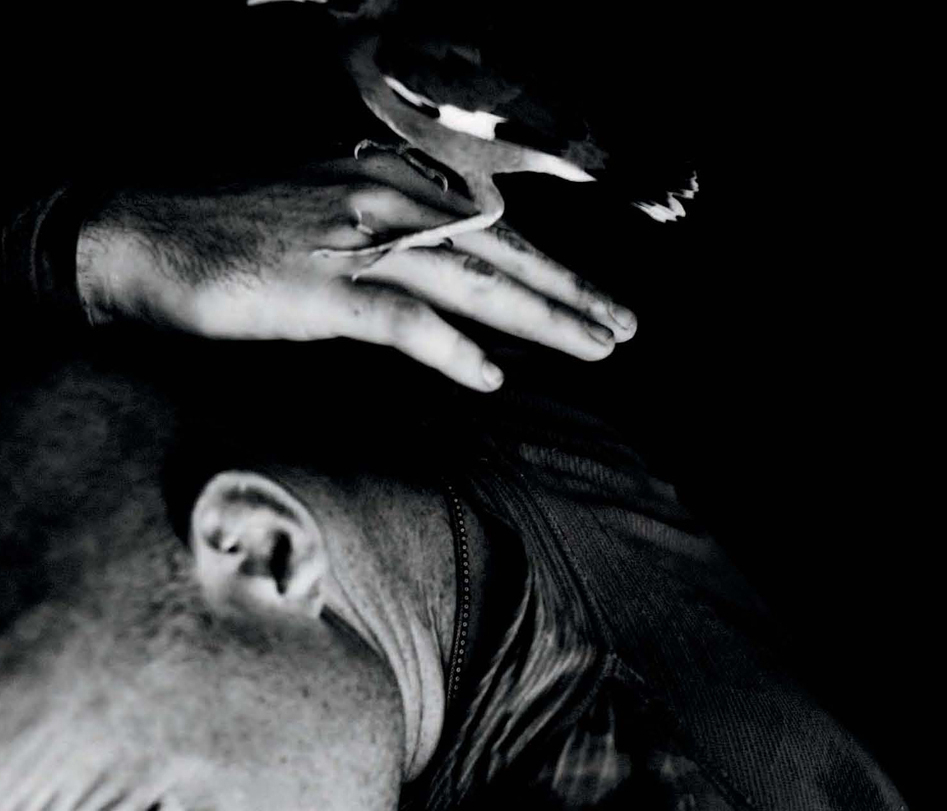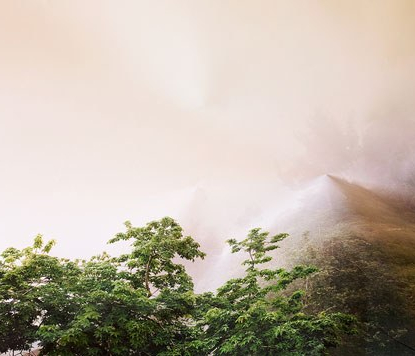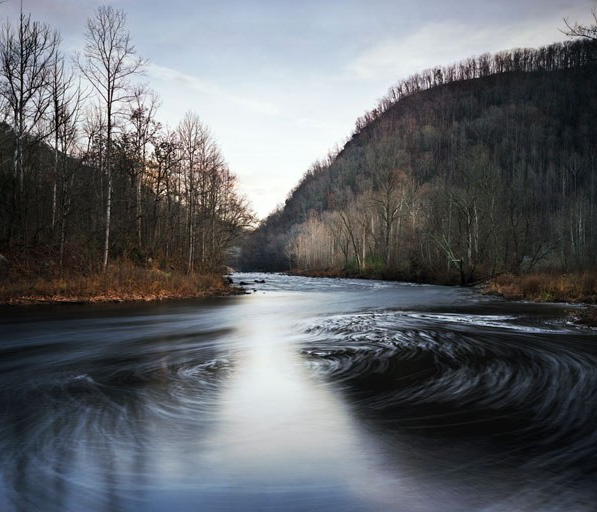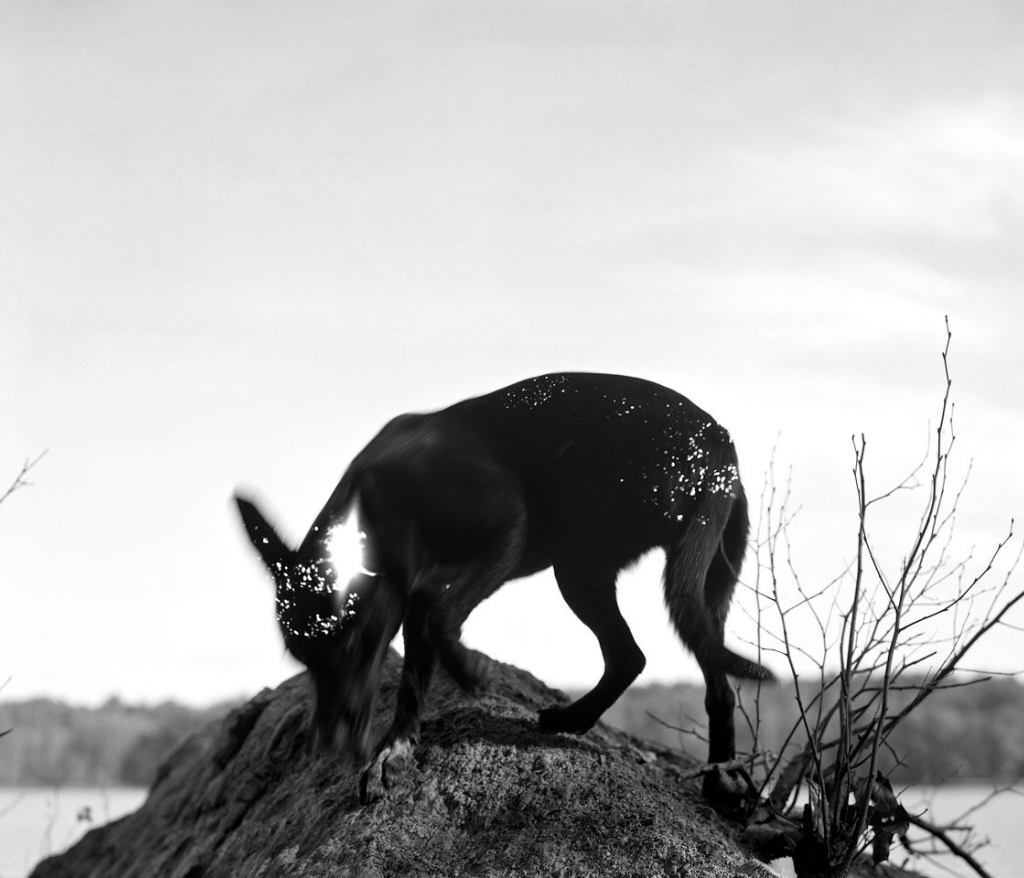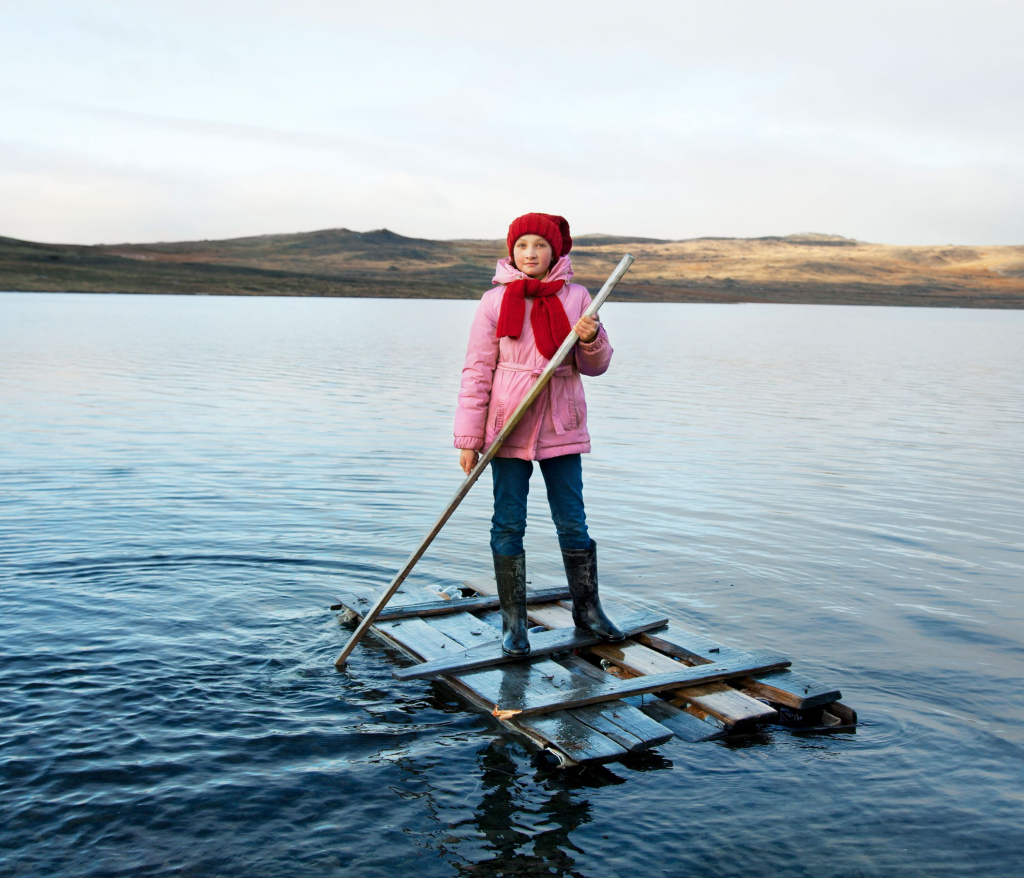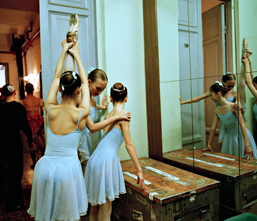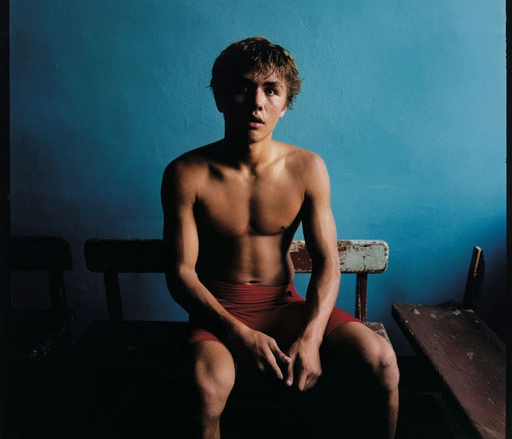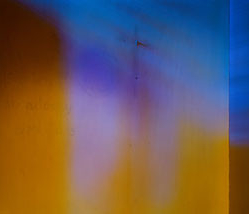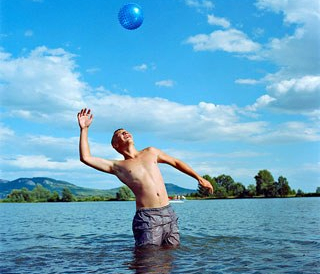Anatomy of Loss
Sylwia Kowalczyk + Galina Kurlat
Dates + Events
Gallery Walk Opening Reception | Anatomy of Loss
Friday, April 2 | 5:00pm - 8:00pm
Anatomy of Loss
Sylwia Kowalczyk + Galina Kurlat
Anatomy of Loss brings together two photographers, Galina Kurlat and Sylwia Kowalczyk, who work with non-traditional portraiture. Both photographers manipulate the surfaces of their prints to explore the experience of degeneration and loss over time. Opening reception is April 2nd, 2021 and the exhibition will be open and available to the public until May 29th.
Curatorial Statement
Anatomy of Loss brings together two photographers who work with non-traditional portraiture. Both artists manipulate the surfaces of their prints to explore degeneration and loss over time. In her project, Lethe, Sylwia Kowalczyk tackles the forfeiture of memory. In Soft Bodies, Galina Kurlat addresses a more physical kind of breakdown.
Kowalczyk’s fragmented figures are torn, layered, and rephotographed. She approaches memory as a layered thing, peeling off in bits and pieces. Slowly, the fragments are discarded and rearranged until a different version has formed. Each piece in Lethe is a unique offering of an idea - that of watching memory take its leave. An icy blue print shows a woman facing in on herself. A person in yellow appears in varying levels of focus, like a friend who becomes more distant by degrees over time. Another print shows a silver haired figure from behind; the chest has been hollowed out, and clouds fill the void. The figure exists but is gradually going to mist, perhaps losing access to their own mind or memory.
While Kowalczyk’s work explores the erasure of what’s in the mind, Kurlat’s work looks at the erosion of surfaces and the physical body. In Soft Bodies, one could imagine that the arc of a being’s physical existence in the world is being charted, from its entry to its exit. In one of Kurlat’s more abstract images, a glowing form resembles an embryo suspended in celestial dust. In her more figurative pieces, the women appear to be disintegrating back into the very same substance.
Kurtlat embraces the uncontrollable and unpredictable effects of the unfixed chemicals on the surface of her prints. She allows the process to do some of the work, and the neutral tools of time, dust, and chemistry are surprisingly good at making meaning. Sometimes, the aging process summons a new and enigmatic depth to the surface of the polaroids. Other times, the organic deterioration of the print feels like a dark unraveling of the form. As ephemeral as they are, Kurlat’s images suggest the presence of something beyond the body. Though the corporeal form wears away, what remains is not the blank void of nothingness. Instead, the distressed surfaces reveal some other glowing, amorphous presence- perhaps the trace of the soul.
Galina Kurlat (b. 1981, Russia) is a photographic artist living in Brooklyn, NY. She earned her BFA in Media Arts from Pratt Institute. Kurlat creates a visual relationship between herself and her subject by embracing the imperfections and possibilities of antiquated photographic processes. Her works undulate between the recognizable and the ephemeral. By accepting the change and chaos inherent in photographic materials, Kurlat challenges photography as a historically representational medium.
Soft Body | Artist Statement
This series embraces the imperfections inherent to antiquated photographic processes, transforming traditional portrait photography from the representational to the ephemeral.
Chemistry, dust, and the passage of time interact with the image, marking the negative, and degrading the film's information. Much like flesh, the negatives change. Recognizable features fade, gestures disappear, obscuring the subject’s identity. Chemistry serves as a veil, forcing the viewer to look through and to look deeper.
The making of an image is an intimate performance choreographed instantly, although the photograph will continue to evolve. These fragile moments are orchestrated but not confined by the traditional portrait-making process. There is tension and sensuality to the photographs. Darkness enfolds the figure, while light directs the viewer's gaze. They are psychological explorations of intimacy, uncertainty, and chance.
Sylwia Kowalczyk was born in Lublin, Poland and studied graphic design and photography at Krakow Academy of Fine Arts, ESAG Paris and the Edinburgh College of Art (MFA in Photography). Her work looks at using optical illusions to create an ambiguity about what is real and what isn’t and is always using analogue trompes-oeils to look at memory, identity, fear, illusion and distortion.
Lethe | Artist Statement
Lethe is the river that cleanses Dante in Purgatory, that wipes the memories of the dead as they drink from it or bathe in it. As important recollections slip from our memory, this loss brings its own kind of grief and the past becomes a mythology, a vast, blank territory where even the most important memories in life are gradually erased. If we do not remember them, perhaps these might not as well happened in the first place?
To bathe in Lethe brings grief, the numbness of oblivion, and a rebirth which Sylvia Plath described as stepping up from ‘the black car of Lethe, Pure as a baby’.
All the included photos come from Sylwia’s own archive or were specifically created to be included in a particular piece. The idea behind using the three-dimensional torn fragments of a textured paper, which are then assembled and reproduced on the same type of paper, was to create a tactile, multidimensional object. The lack of reflection (prints are mounted instead of being encased in a frame behind a glass that would separate them from the viewer) and large scale of the tactile piece of paper invite us to participate with our own emotional response.
Sylwia Kowalczyk has always been interested in creating a dialogue with the audience on what is real and what is unreal in the photograph. ‘Lethe’ is a collection of collages, portraits, objects and landscapes, where these loose prints from her past grow into new entities.
Anatomy of Loss
Sylwia Kowalczyk + Galina Kurlat
Anatomy of Loss brings together two photographers, Galina Kurlat and Sylwia Kowalczyk, who work with non-traditional portraiture. Both photographers manipulate the surfaces of their prints to explore the experience of degeneration and loss over time. Opening reception is April 2nd, 2021 and the exhibition will be open and available to the public until May 29th.
Curatorial Statement
Anatomy of Loss brings together two photographers who work with non-traditional portraiture. Both artists manipulate the surfaces of their prints to explore degeneration and loss over time. In her project, Lethe, Sylwia Kowalczyk tackles the forfeiture of memory. In Soft Bodies, Galina Kurlat addresses a more physical kind of breakdown.
Kowalczyk’s fragmented figures are torn, layered, and rephotographed. She approaches memory as a layered thing, peeling off in bits and pieces. Slowly, the fragments are discarded and rearranged until a different version has formed. Each piece in Lethe is a unique offering of an idea - that of watching memory take its leave. An icy blue print shows a woman facing in on herself. A person in yellow appears in varying levels of focus, like a friend who becomes more distant by degrees over time. Another print shows a silver haired figure from behind; the chest has been hollowed out, and clouds fill the void. The figure exists but is gradually going to mist, perhaps losing access to their own mind or memory.
While Kowalczyk’s work explores the erasure of what’s in the mind, Kurlat’s work looks at the erosion of surfaces and the physical body. In Soft Bodies, one could imagine that the arc of a being’s physical existence in the world is being charted, from its entry to its exit. In one of Kurlat’s more abstract images, a glowing form resembles an embryo suspended in celestial dust. In her more figurative pieces, the women appear to be disintegrating back into the very same substance.
Kurtlat embraces the uncontrollable and unpredictable effects of the unfixed chemicals on the surface of her prints. She allows the process to do some of the work, and the neutral tools of time, dust, and chemistry are surprisingly good at making meaning. Sometimes, the aging process summons a new and enigmatic depth to the surface of the polaroids. Other times, the organic deterioration of the print feels like a dark unraveling of the form. As ephemeral as they are, Kurlat’s images suggest the presence of something beyond the body. Though the corporeal form wears away, what remains is not the blank void of nothingness. Instead, the distressed surfaces reveal some other glowing, amorphous presence- perhaps the trace of the soul.
Galina Kurlat (b. 1981, Russia) is a photographic artist living in Brooklyn, NY. She earned her BFA in Media Arts from Pratt Institute. Kurlat creates a visual relationship between herself and her subject by embracing the imperfections and possibilities of antiquated photographic processes. Her works undulate between the recognizable and the ephemeral. By accepting the change and chaos inherent in photographic materials, Kurlat challenges photography as a historically representational medium.
Soft Body | Artist Statement
This series embraces the imperfections inherent to antiquated photographic processes, transforming traditional portrait photography from the representational to the ephemeral.
Chemistry, dust, and the passage of time interact with the image, marking the negative, and degrading the film's information. Much like flesh, the negatives change. Recognizable features fade, gestures disappear, obscuring the subject’s identity. Chemistry serves as a veil, forcing the viewer to look through and to look deeper.
The making of an image is an intimate performance choreographed instantly, although the photograph will continue to evolve. These fragile moments are orchestrated but not confined by the traditional portrait-making process. There is tension and sensuality to the photographs. Darkness enfolds the figure, while light directs the viewer's gaze. They are psychological explorations of intimacy, uncertainty, and chance.
Sylwia Kowalczyk was born in Lublin, Poland and studied graphic design and photography at Krakow Academy of Fine Arts, ESAG Paris and the Edinburgh College of Art (MFA in Photography). Her work looks at using optical illusions to create an ambiguity about what is real and what isn’t and is always using analogue trompes-oeils to look at memory, identity, fear, illusion and distortion.
Lethe | Artist Statement
Lethe is the river that cleanses Dante in Purgatory, that wipes the memories of the dead as they drink from it or bathe in it. As important recollections slip from our memory, this loss brings its own kind of grief and the past becomes a mythology, a vast, blank territory where even the most important memories in life are gradually erased. If we do not remember them, perhaps these might not as well happened in the first place?
To bathe in Lethe brings grief, the numbness of oblivion, and a rebirth which Sylvia Plath described as stepping up from ‘the black car of Lethe, Pure as a baby’.
All the included photos come from Sylwia’s own archive or were specifically created to be included in a particular piece. The idea behind using the three-dimensional torn fragments of a textured paper, which are then assembled and reproduced on the same type of paper, was to create a tactile, multidimensional object. The lack of reflection (prints are mounted instead of being encased in a frame behind a glass that would separate them from the viewer) and large scale of the tactile piece of paper invite us to participate with our own emotional response.
Sylwia Kowalczyk has always been interested in creating a dialogue with the audience on what is real and what is unreal in the photograph. ‘Lethe’ is a collection of collages, portraits, objects and landscapes, where these loose prints from her past grow into new entities.
Dates + Events
Gallery Walk Opening Reception | Anatomy of Loss
Friday, April 2 | 5:00pm - 8:00pm
